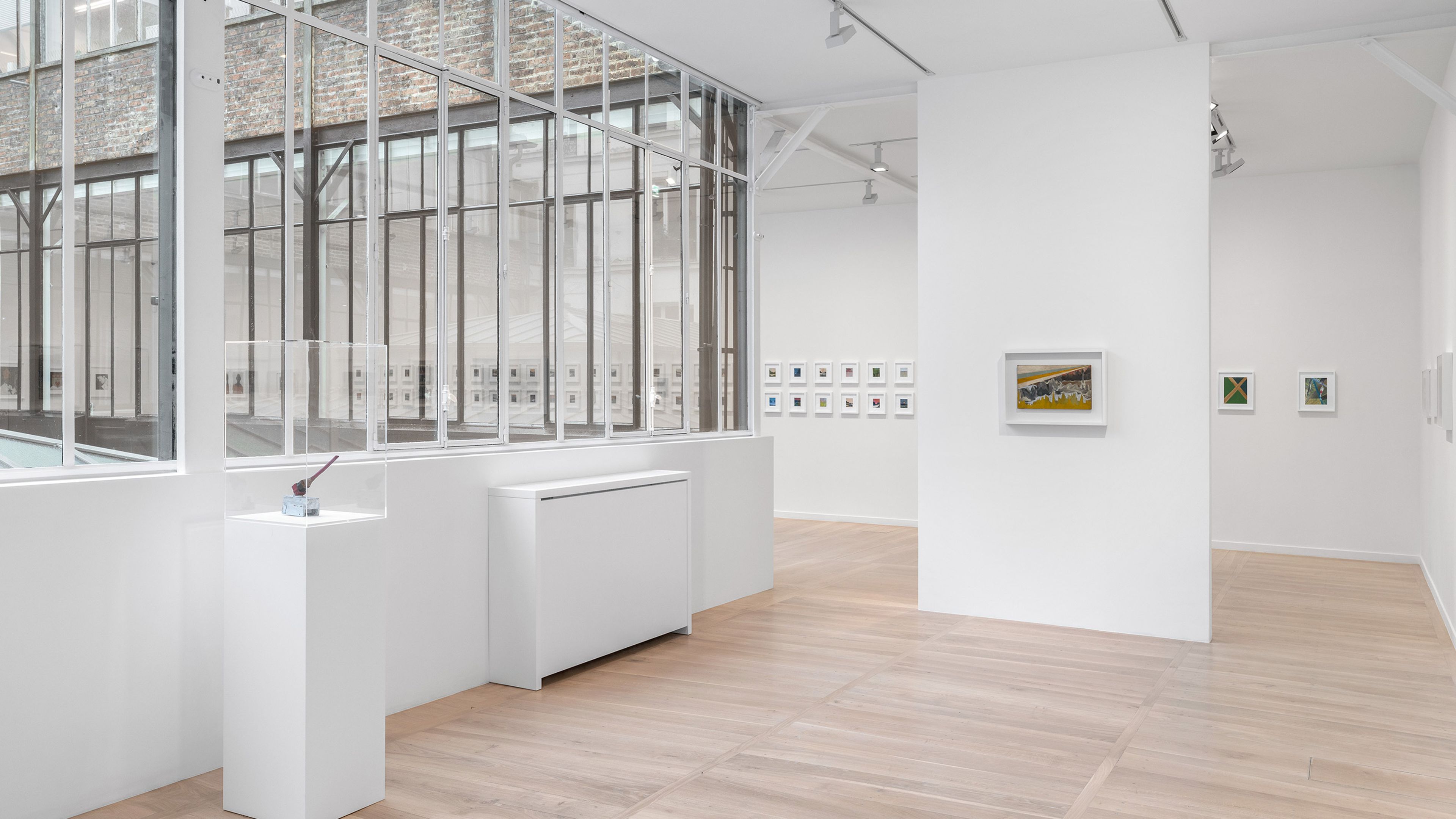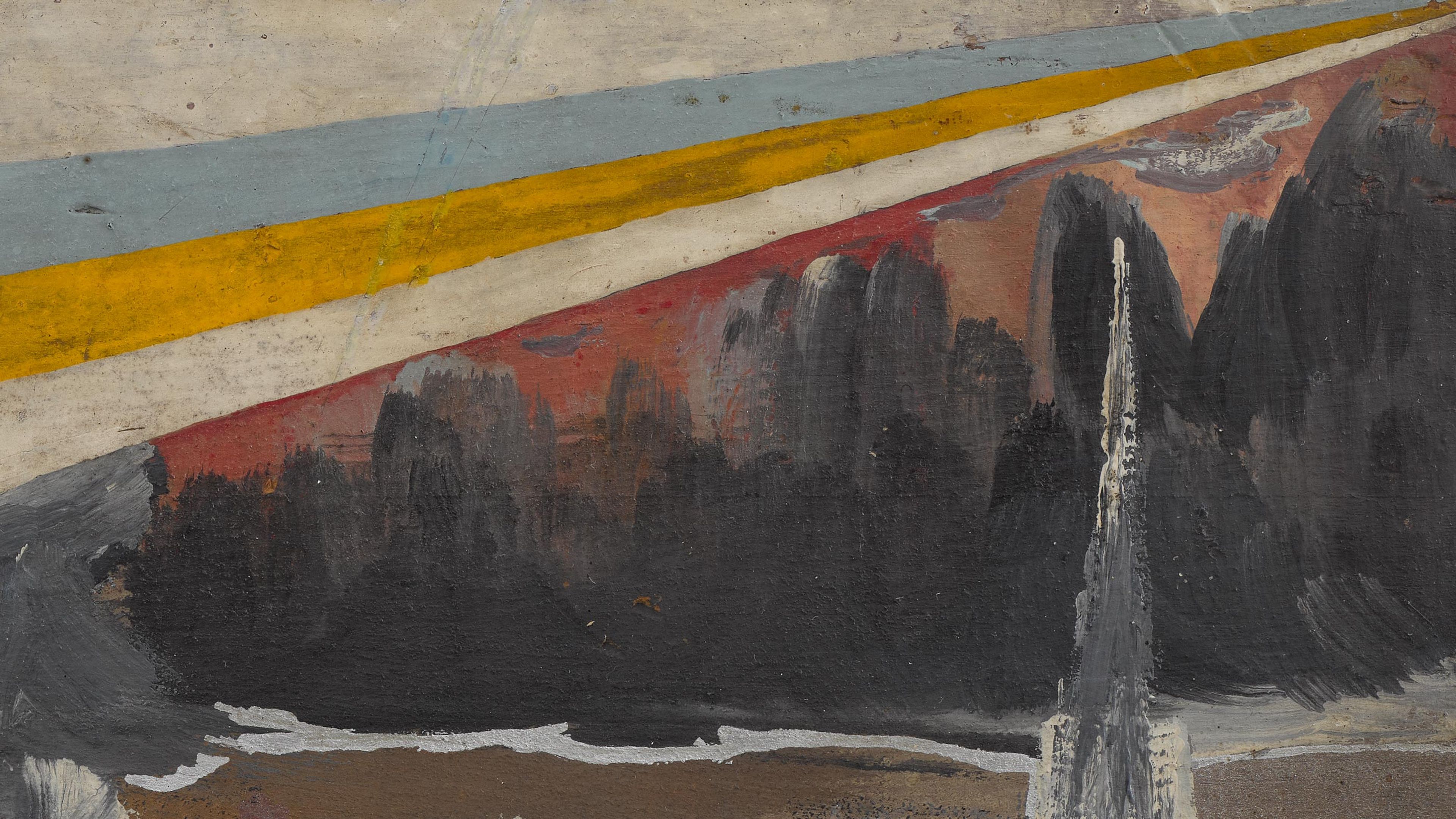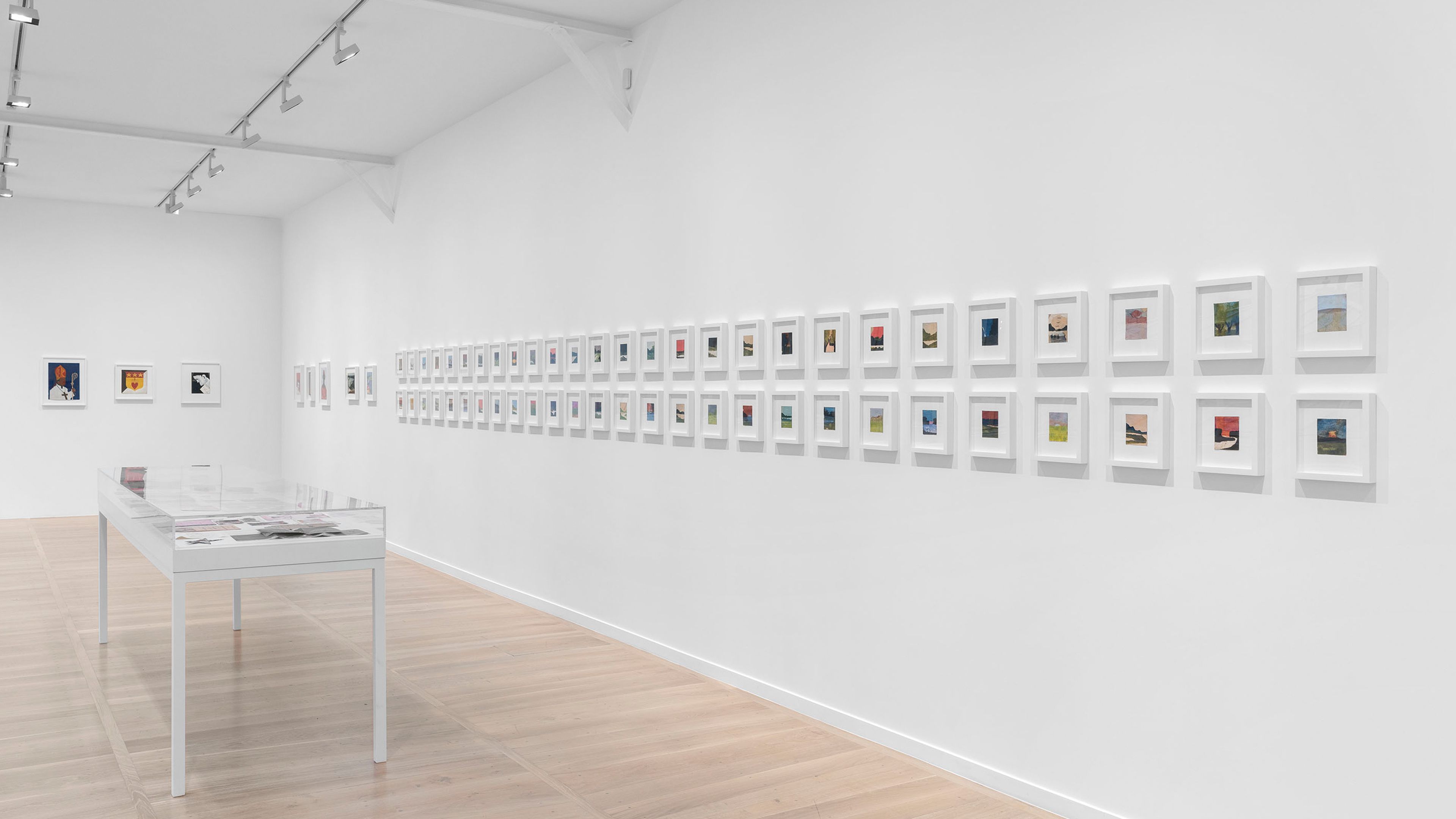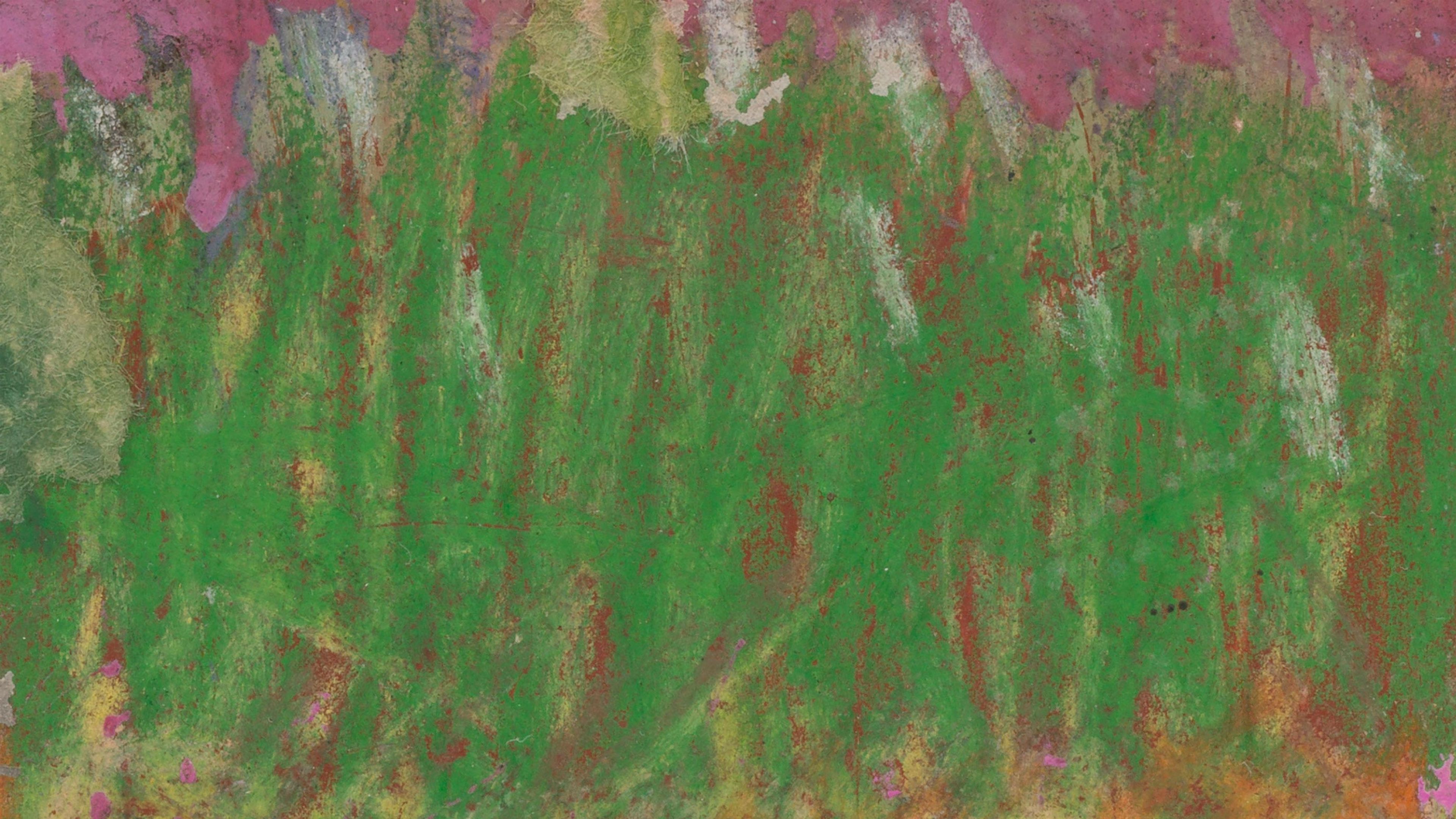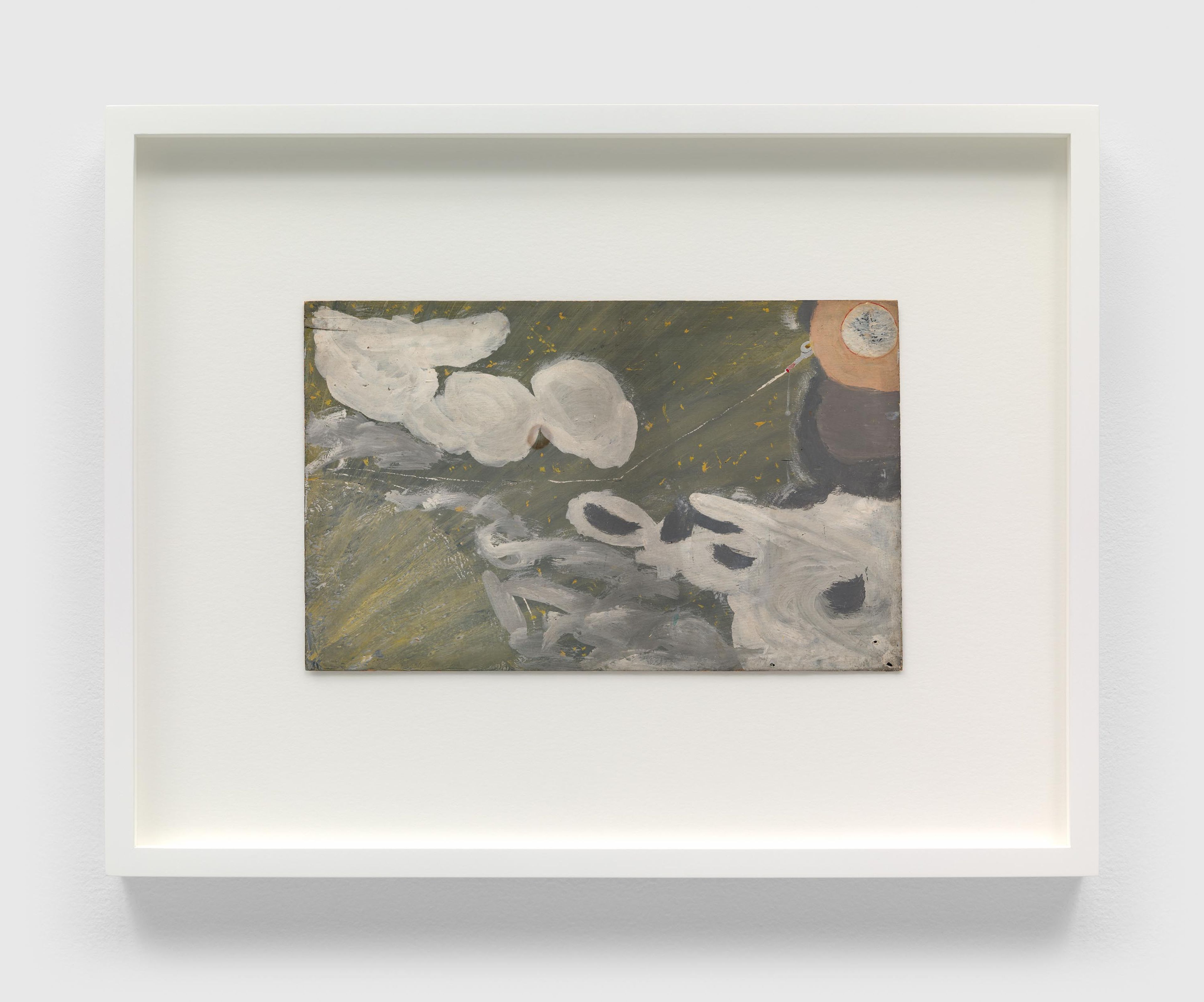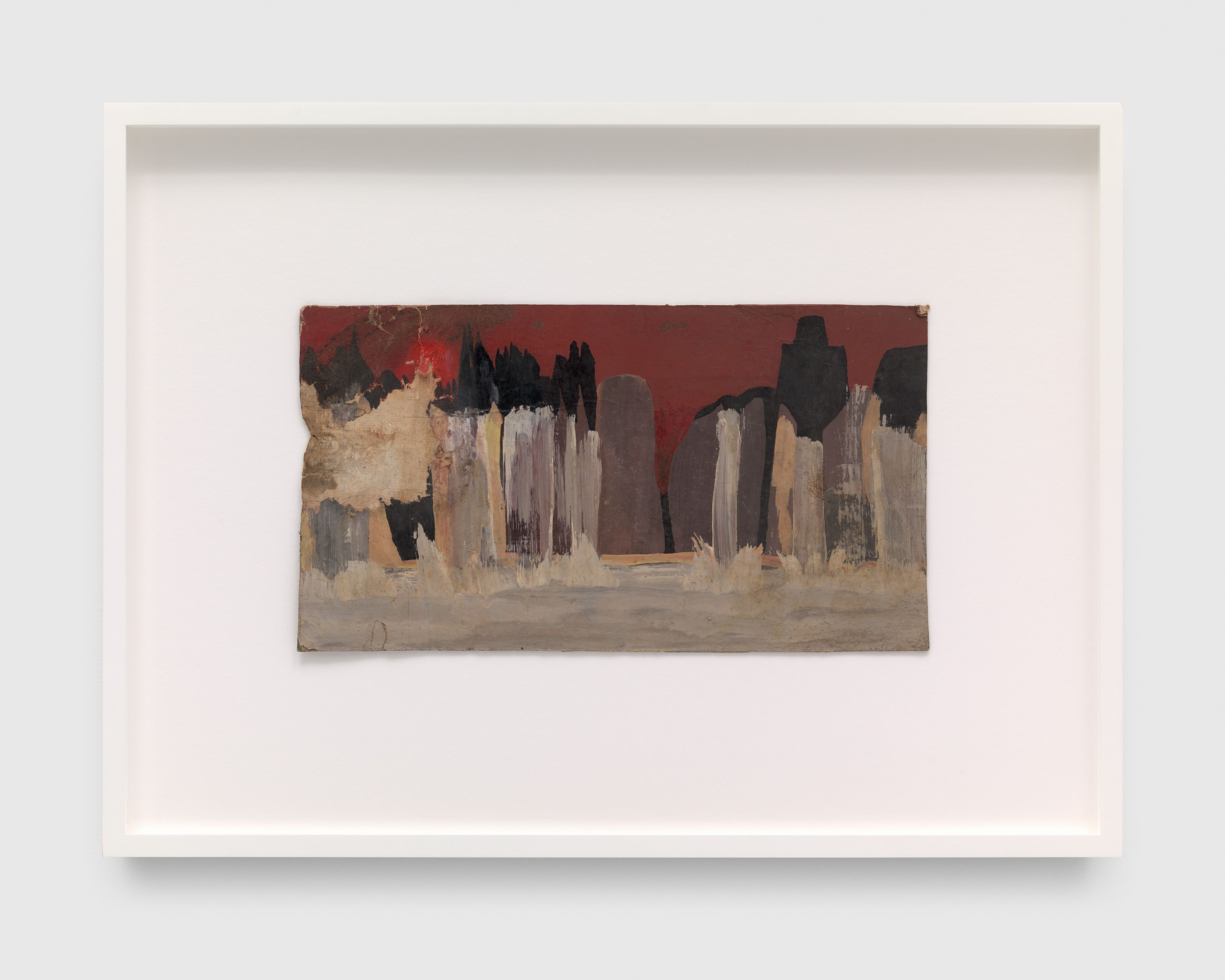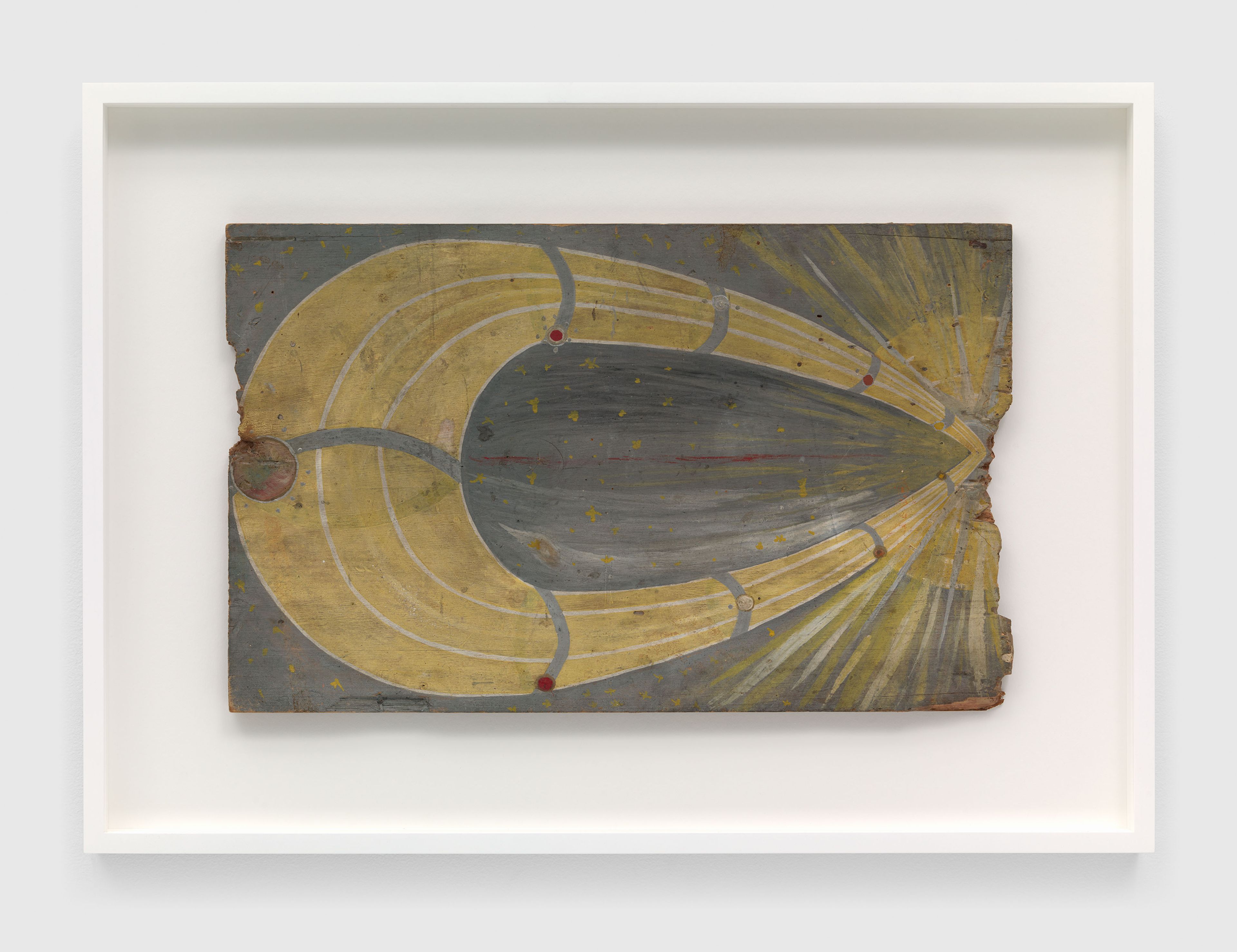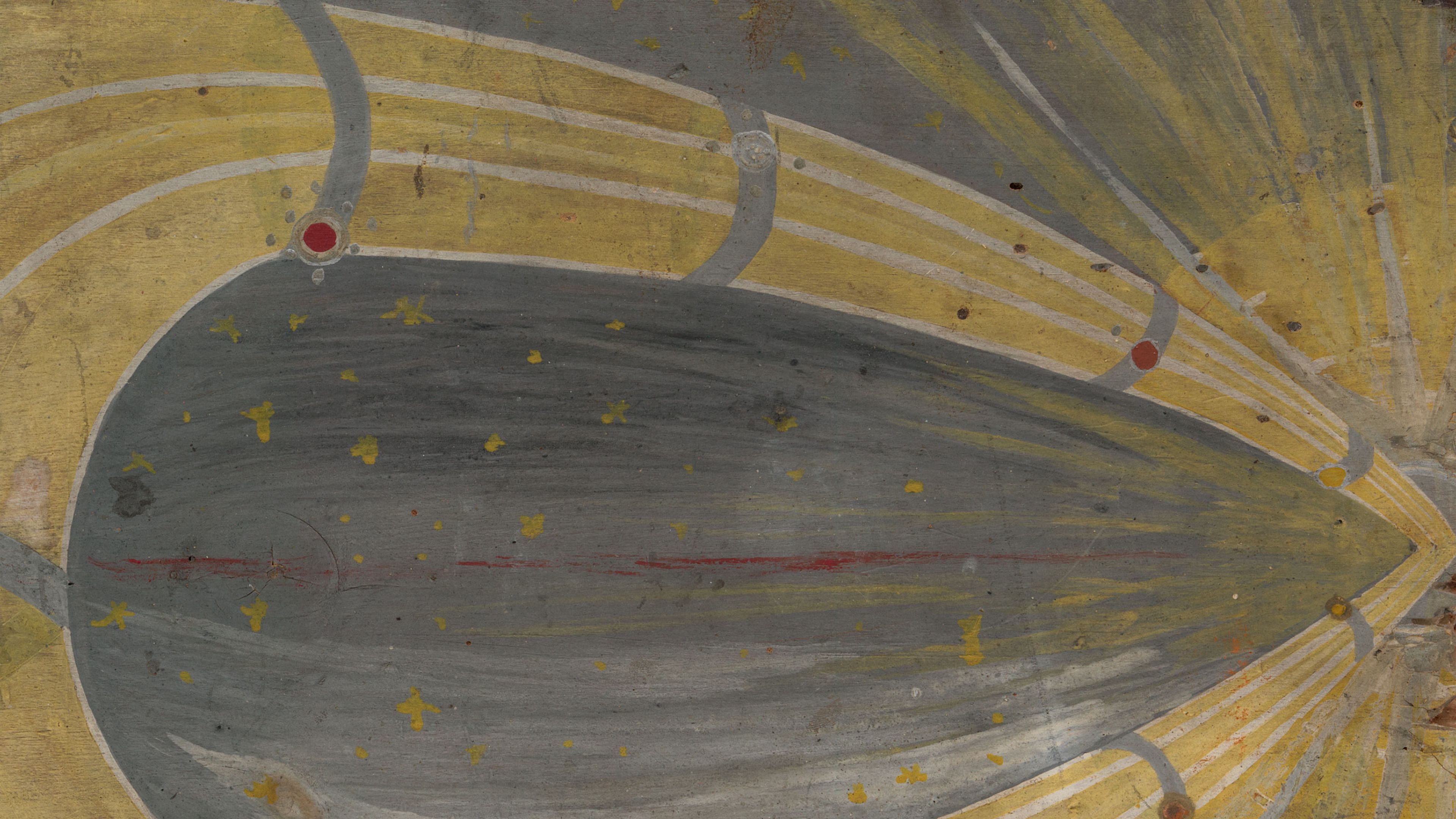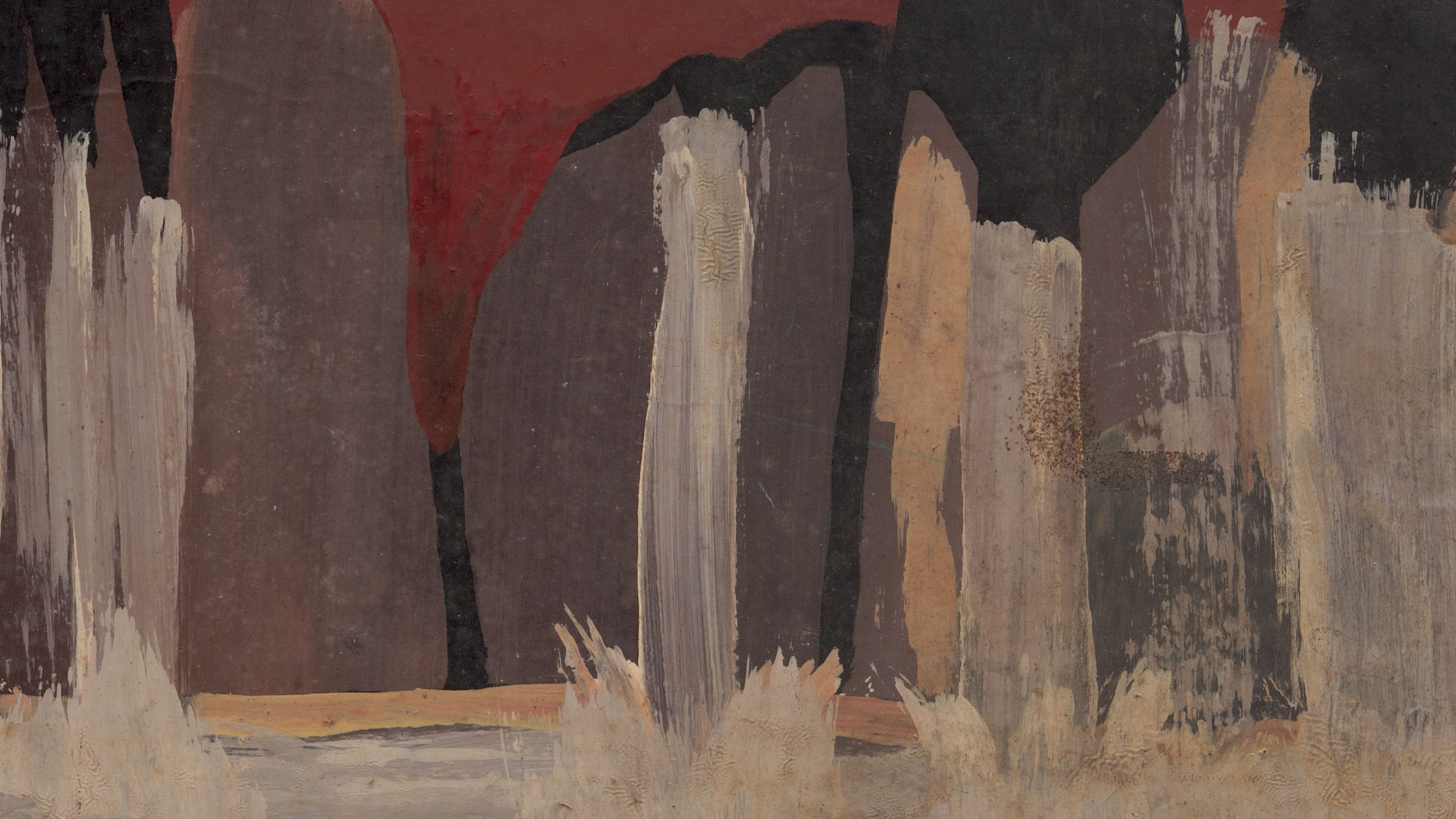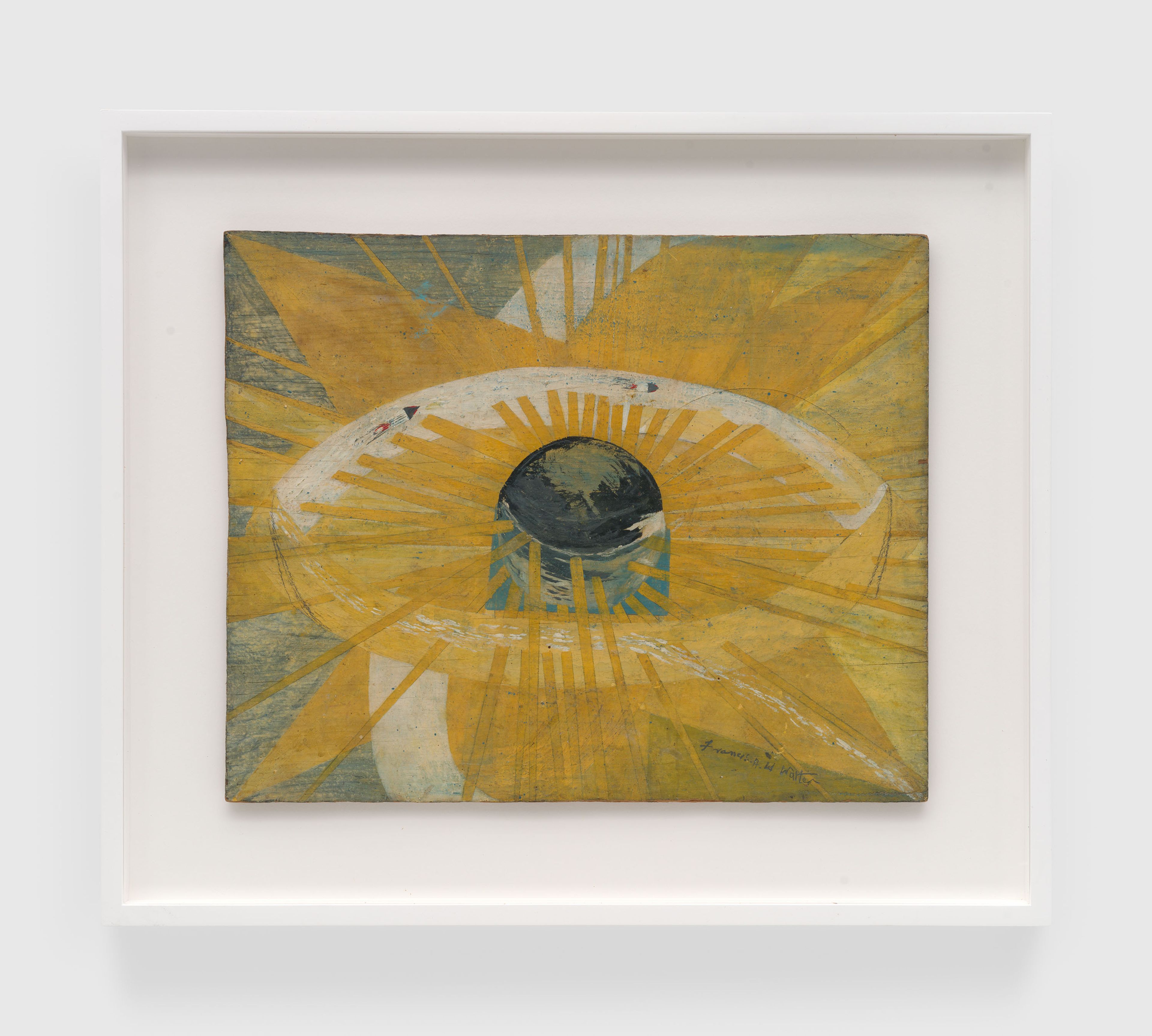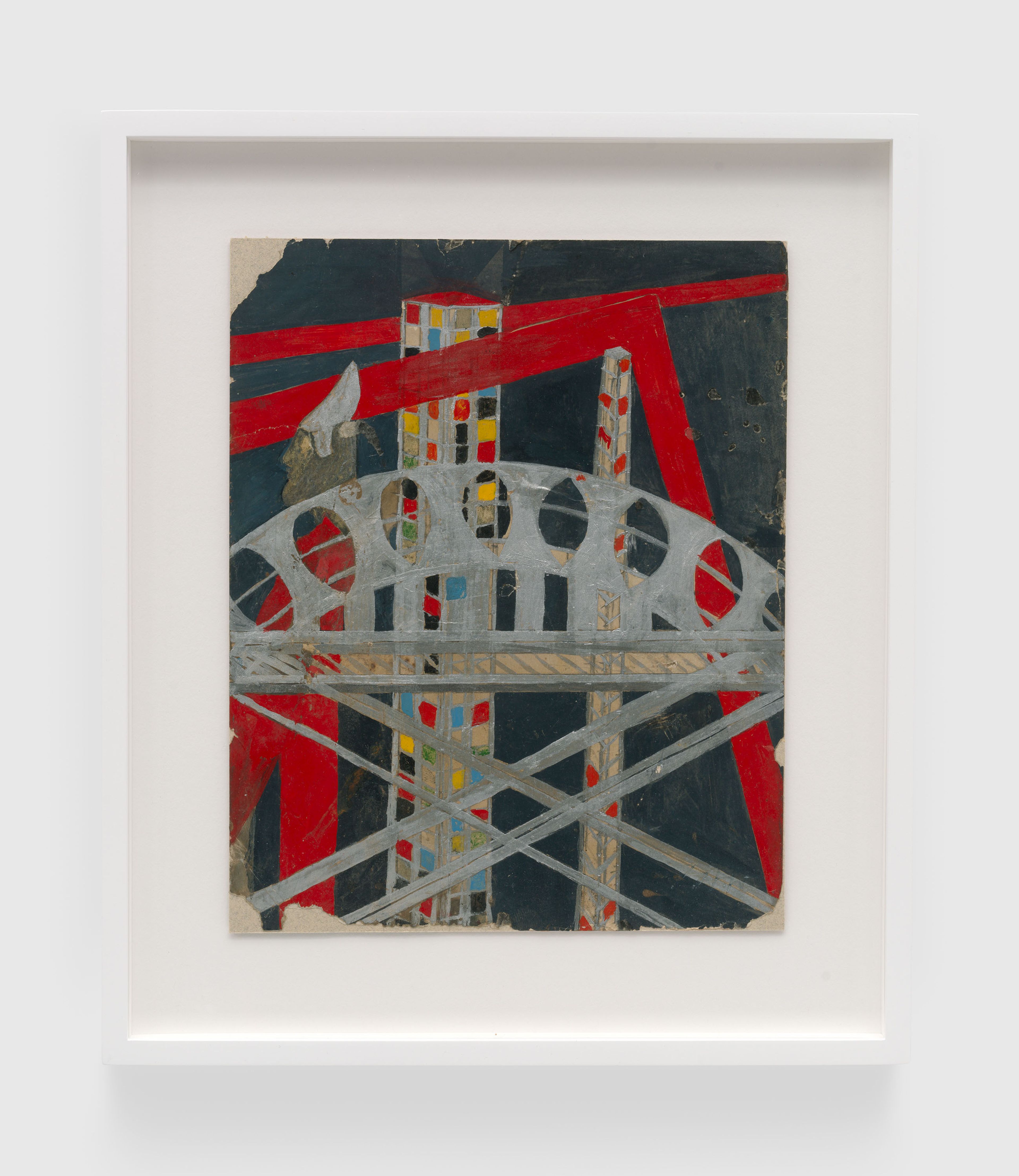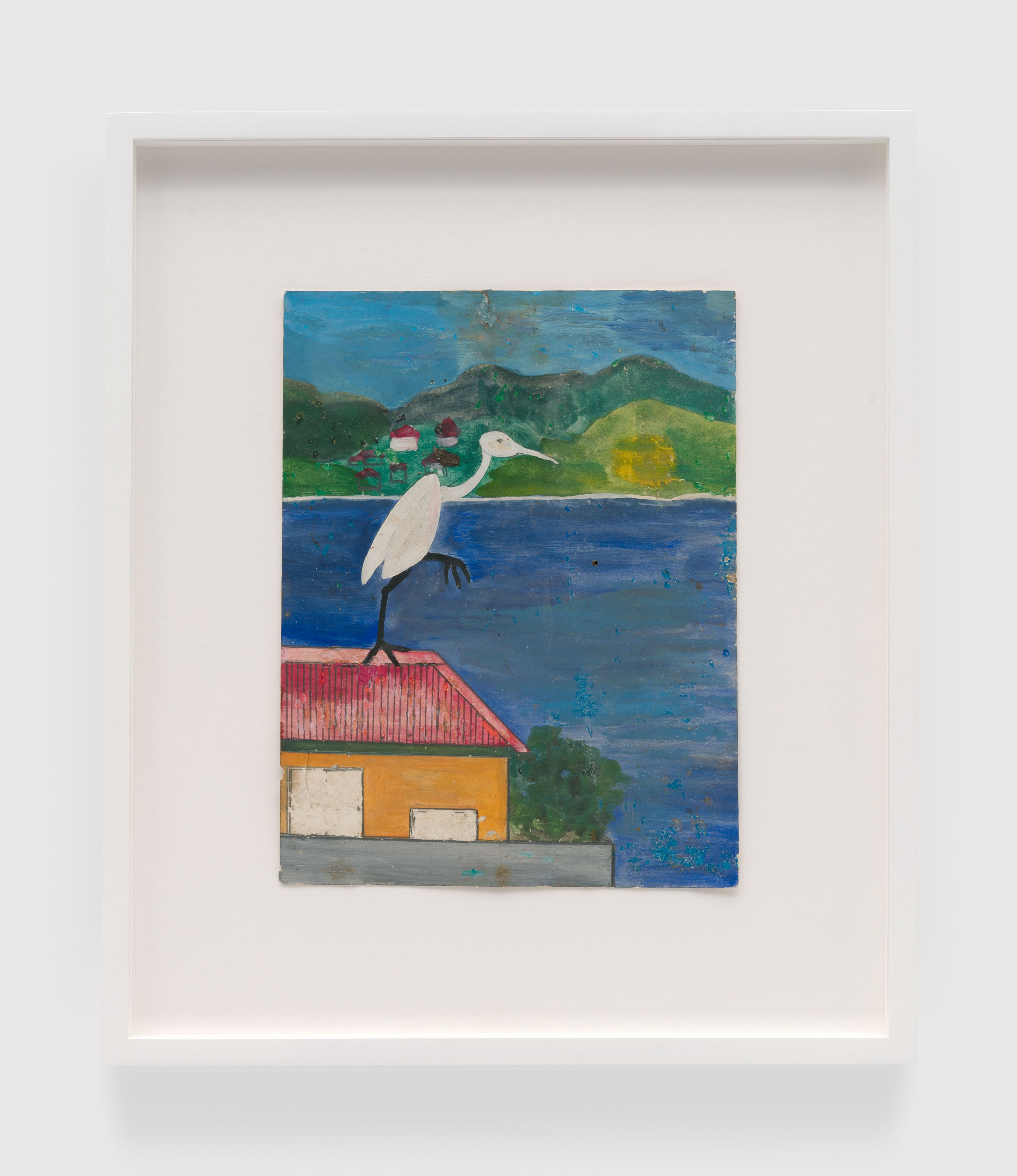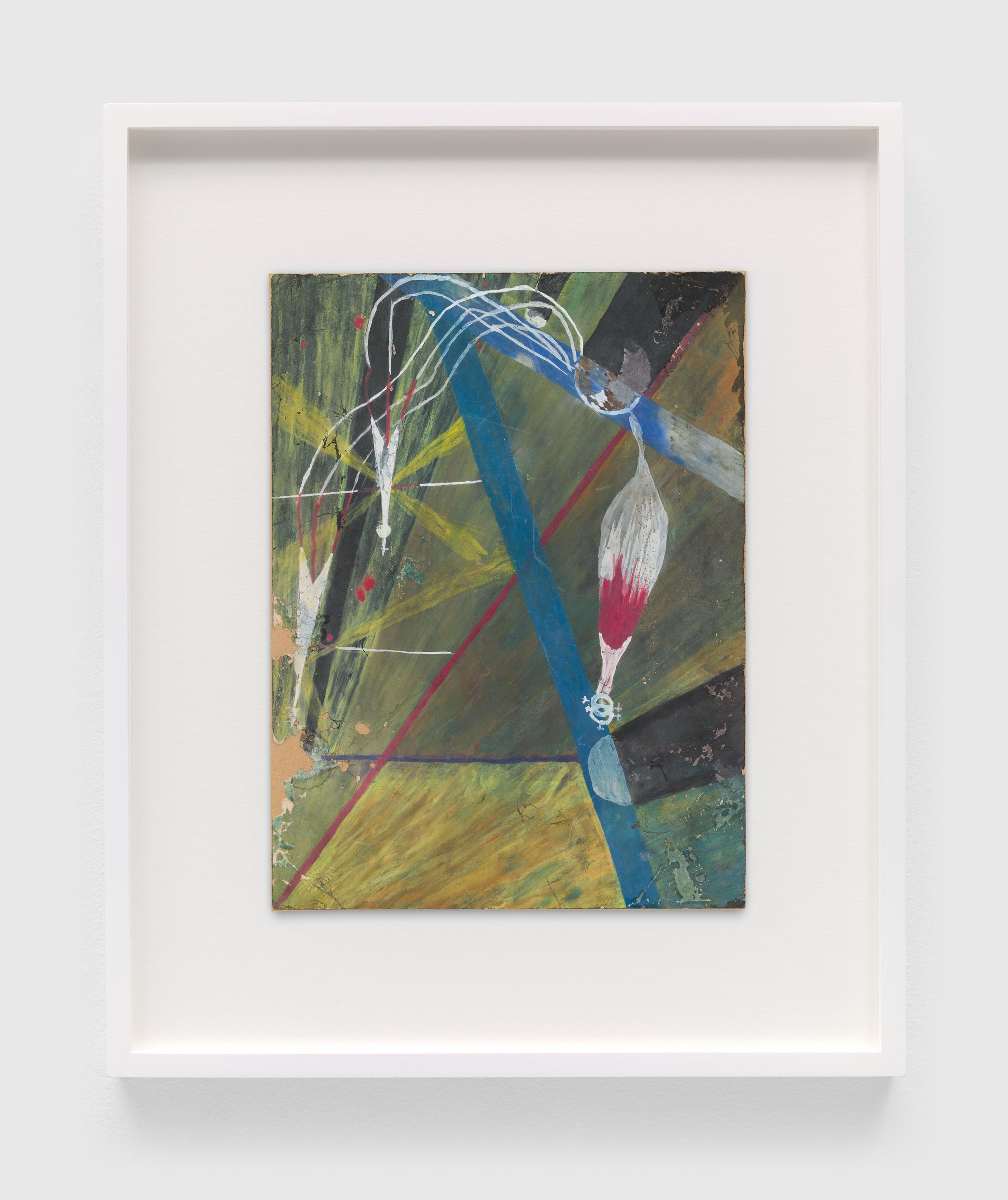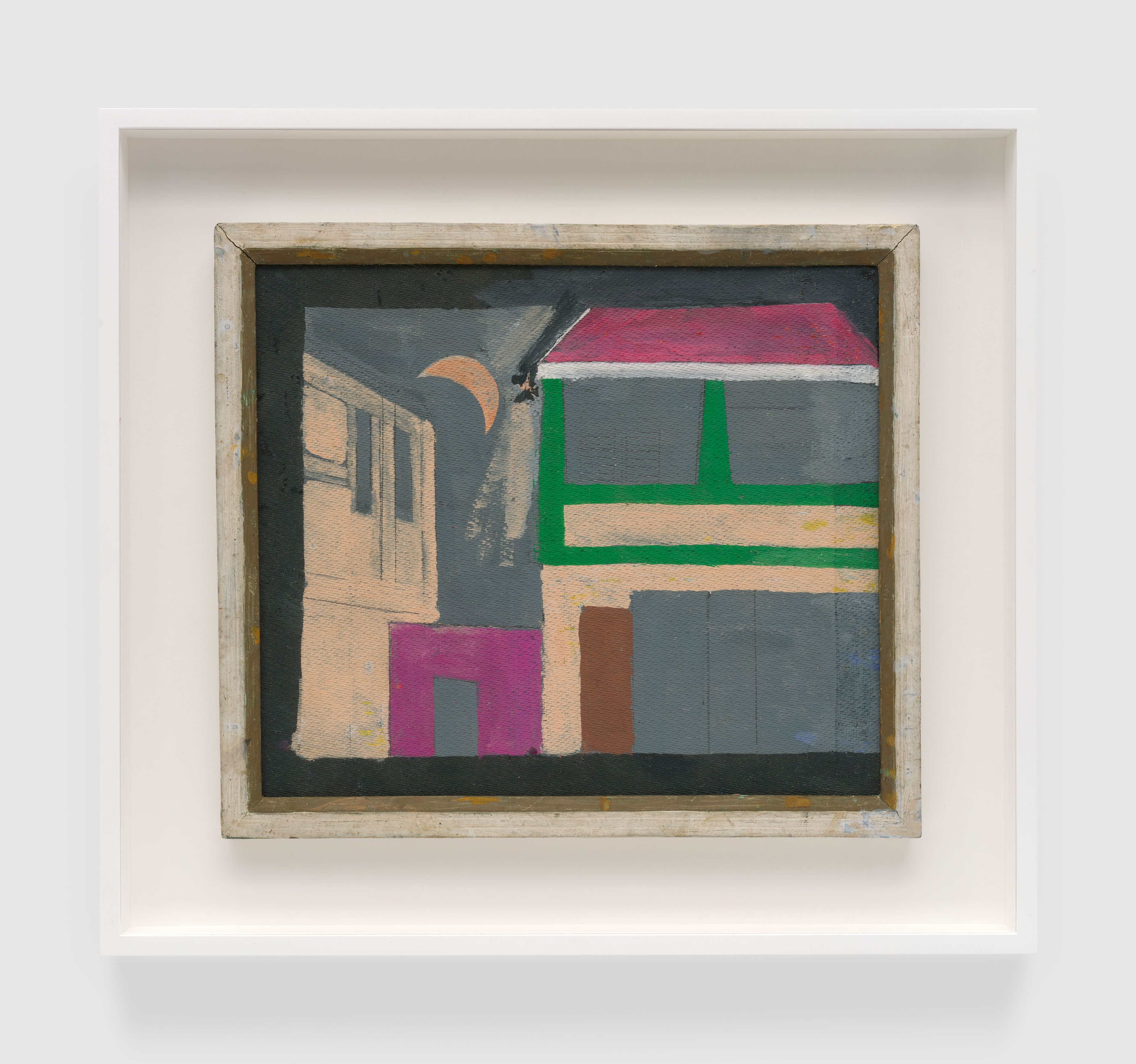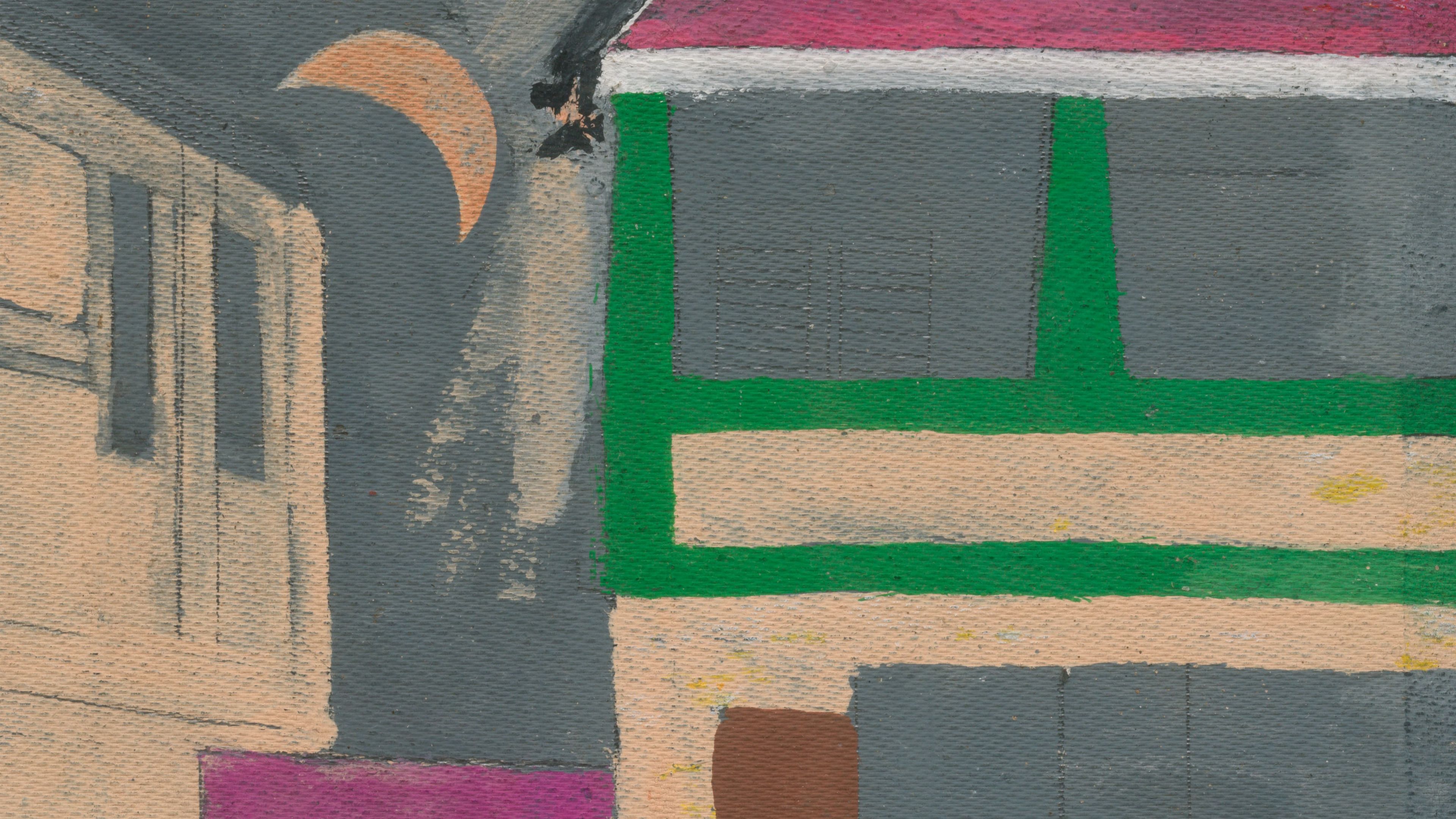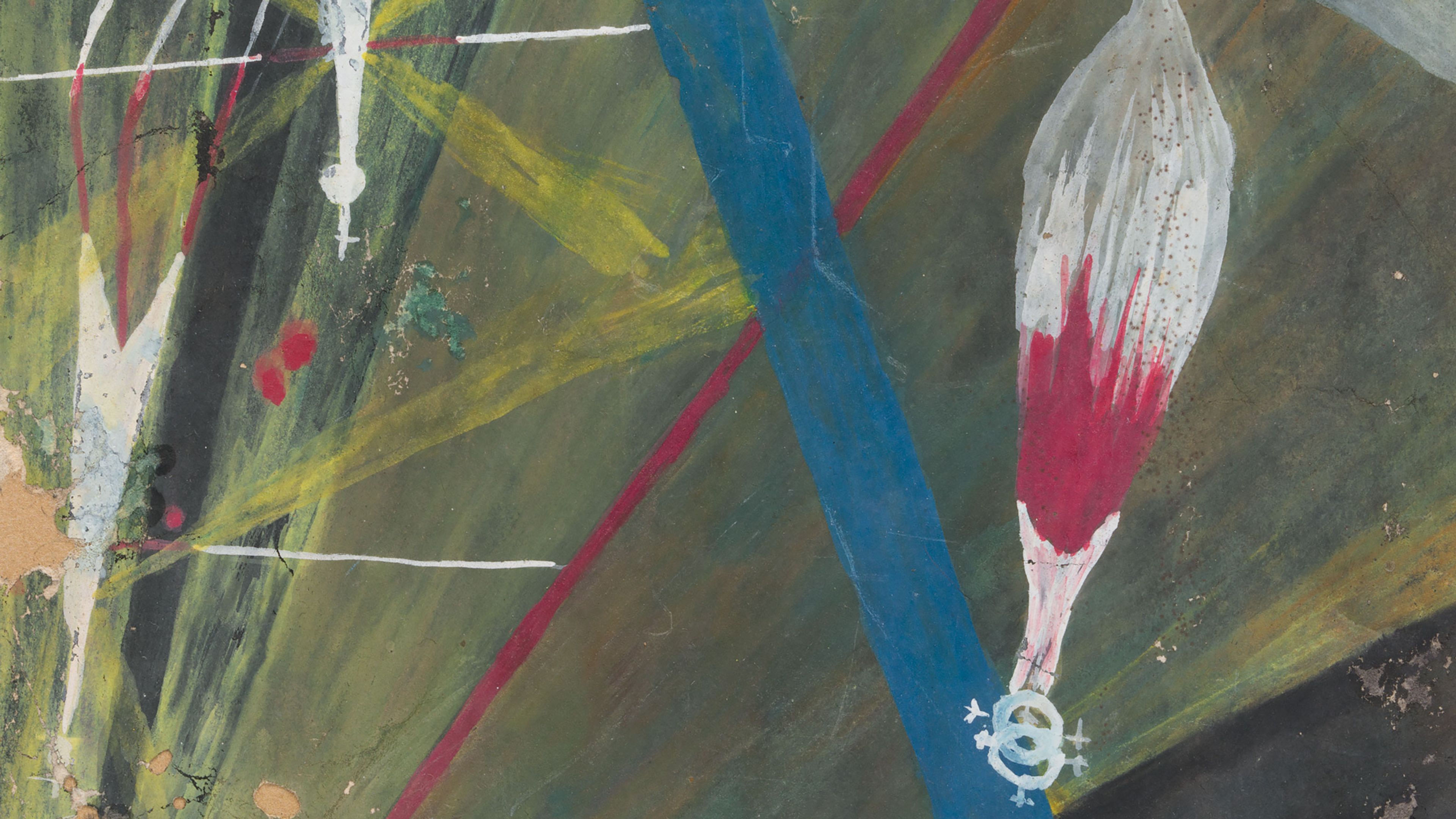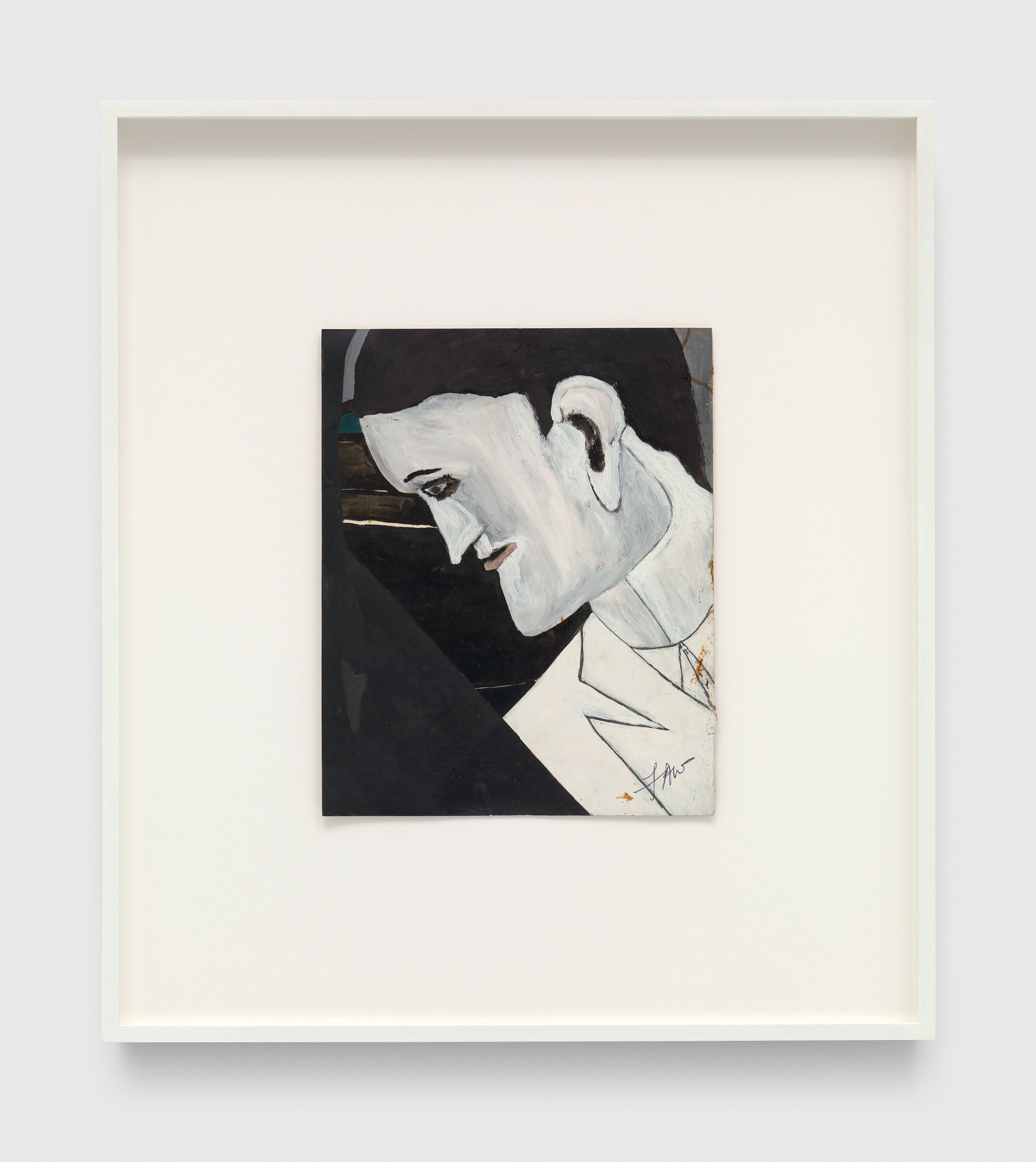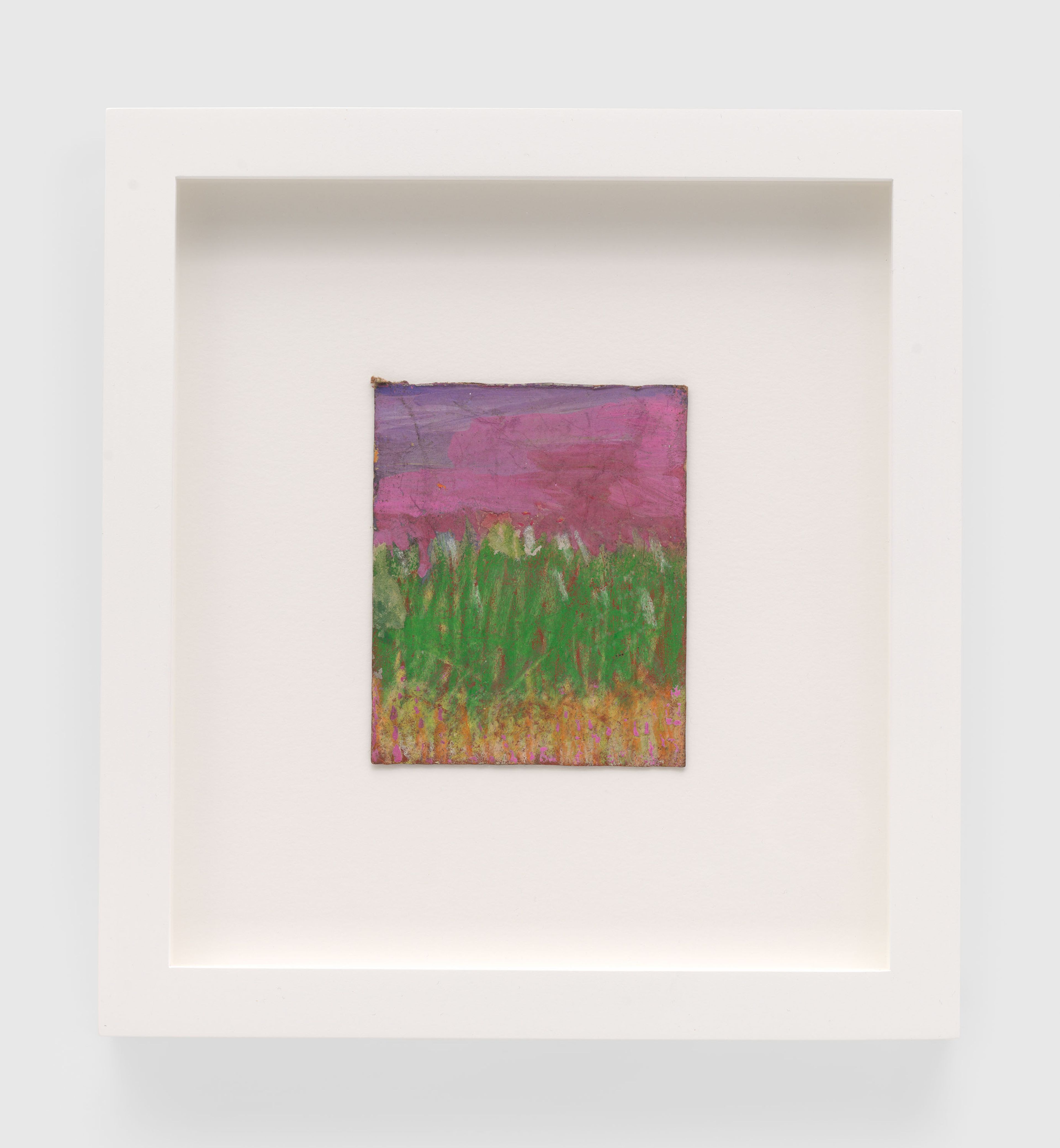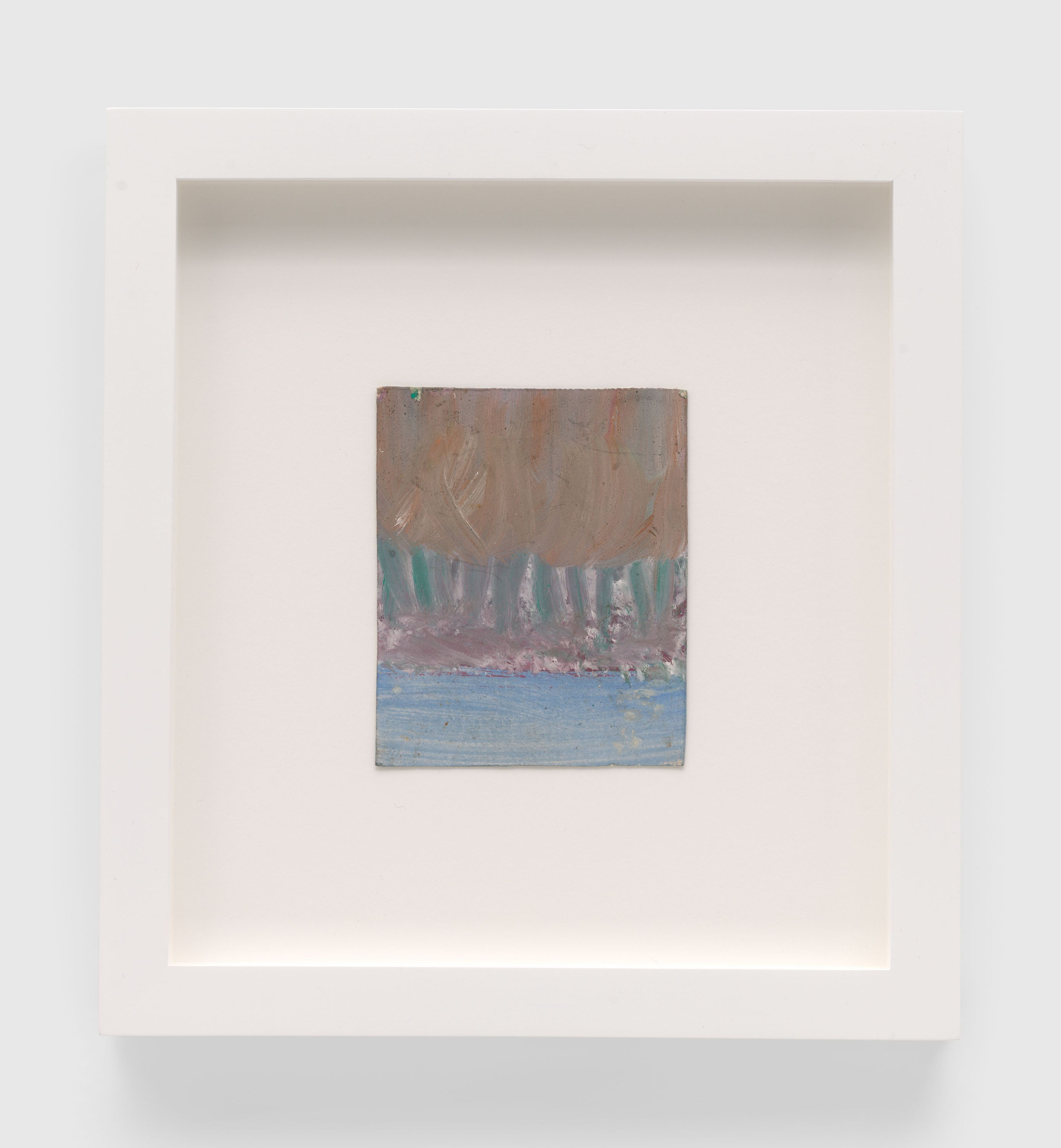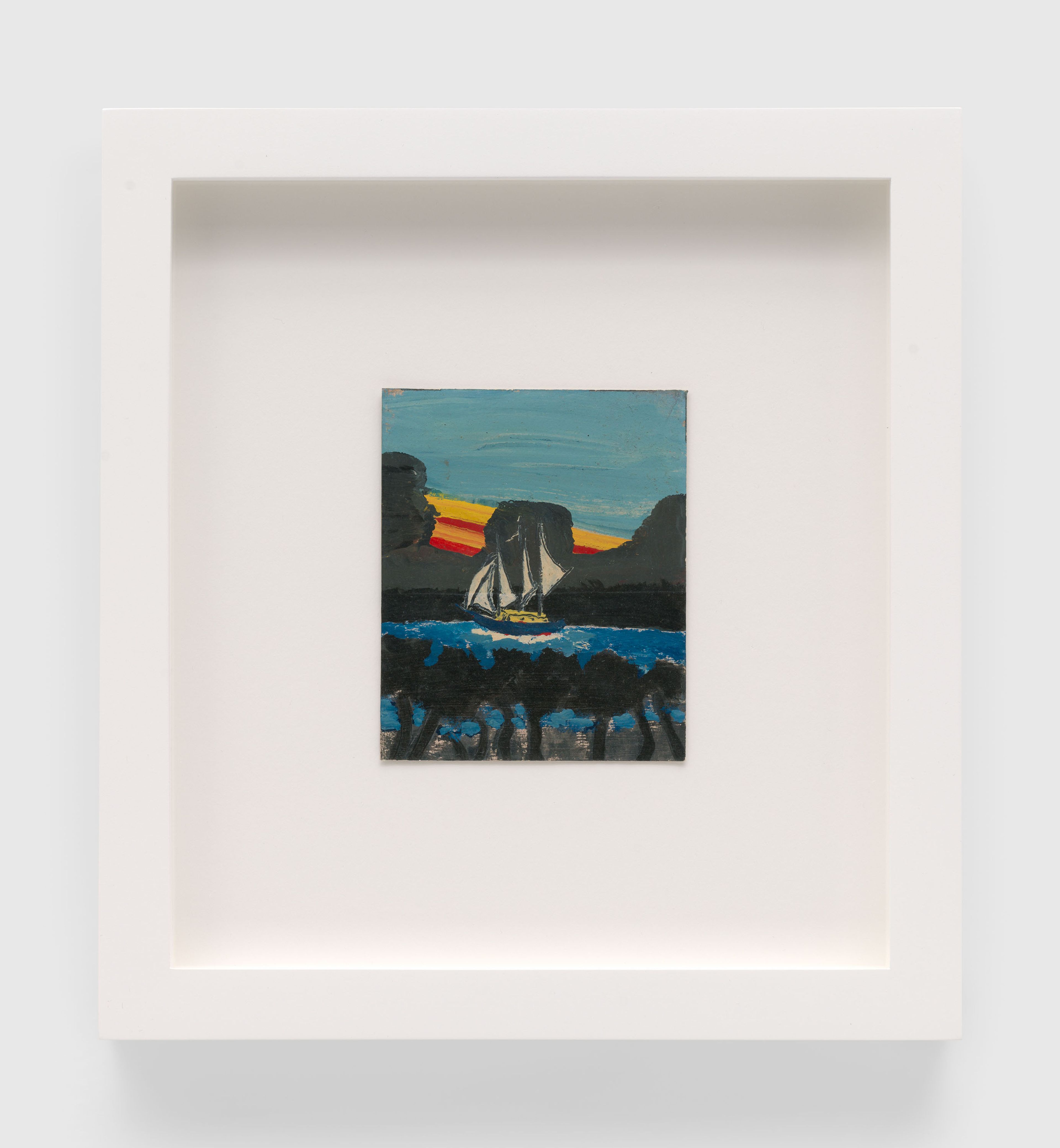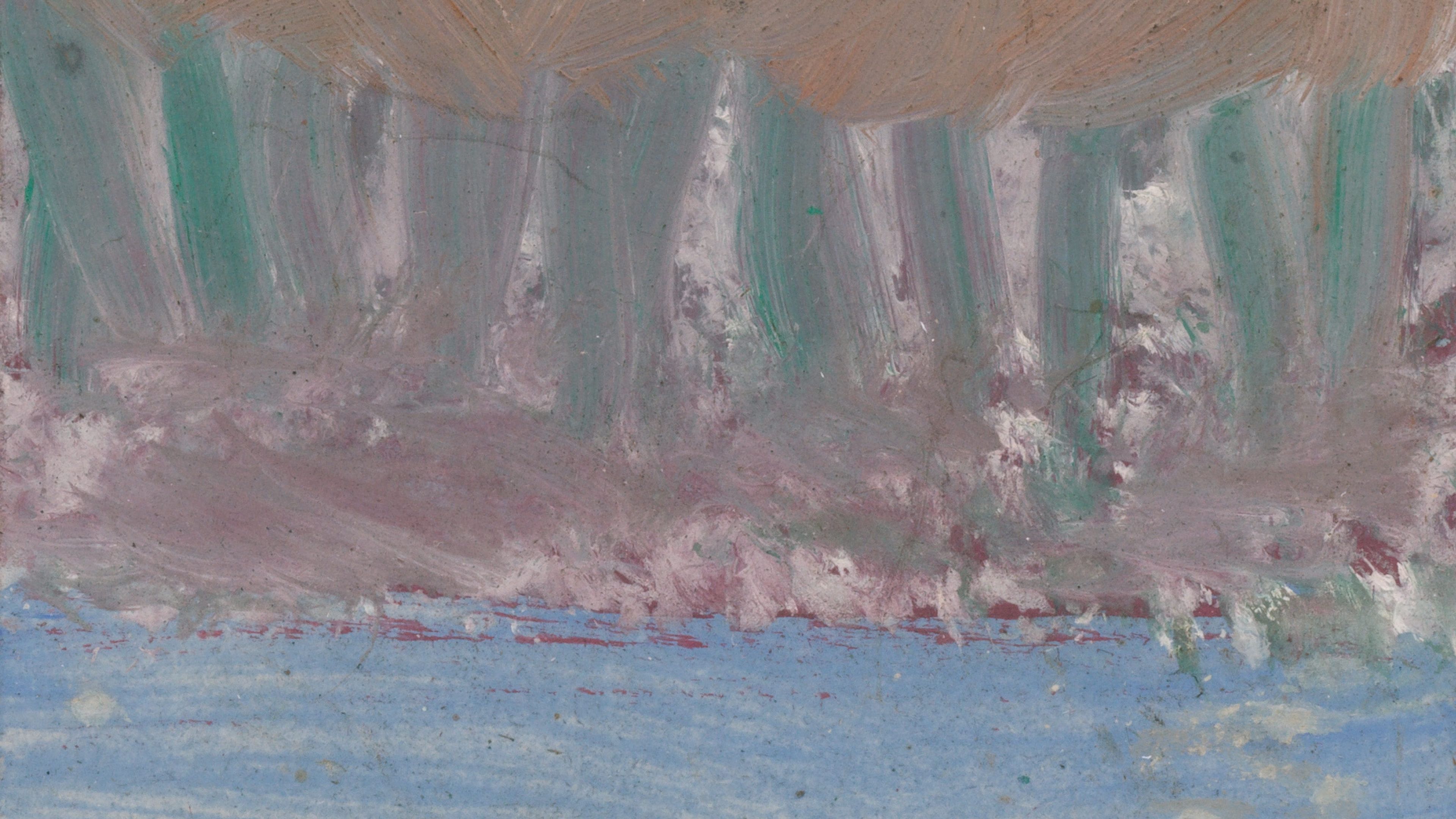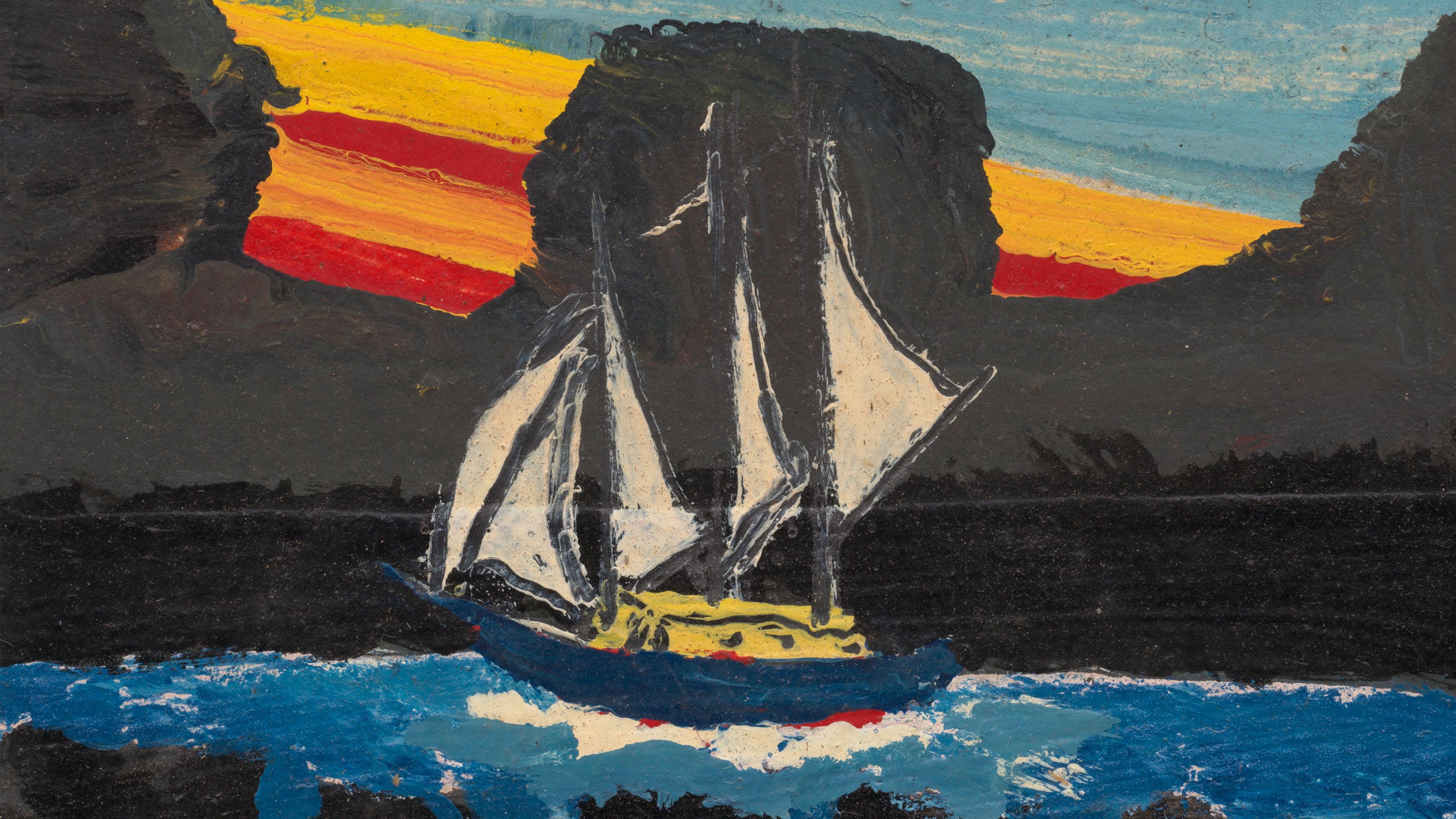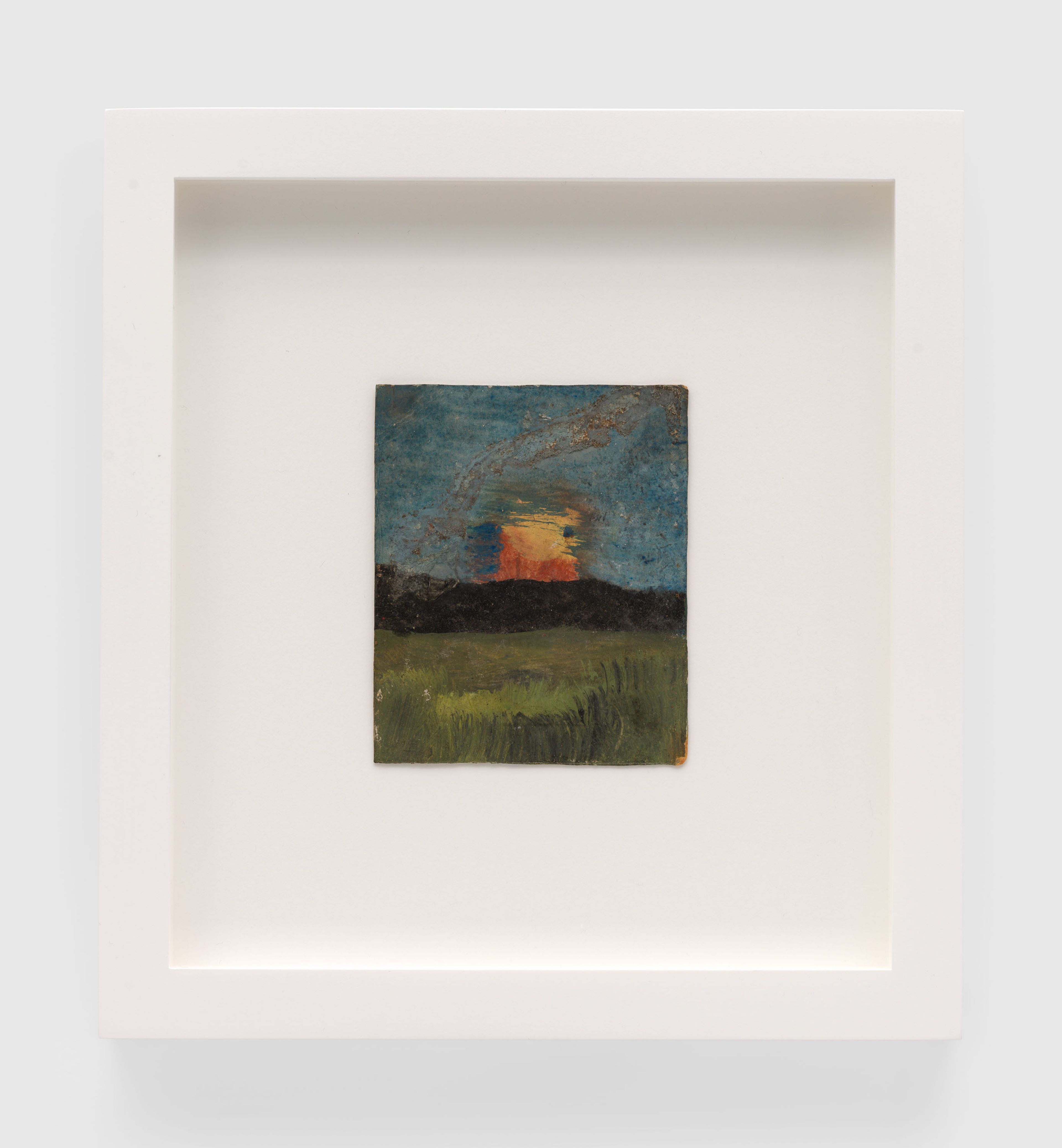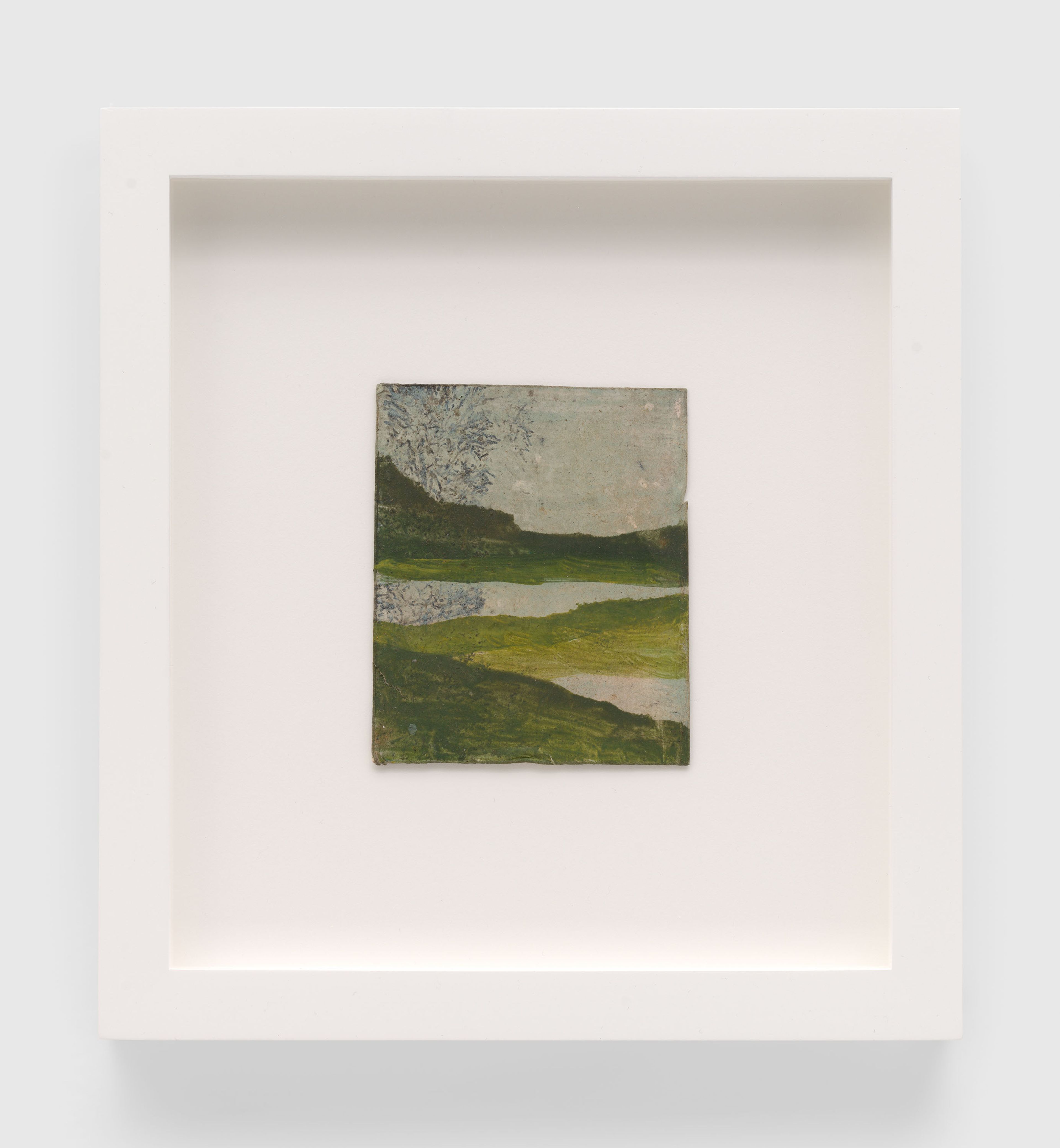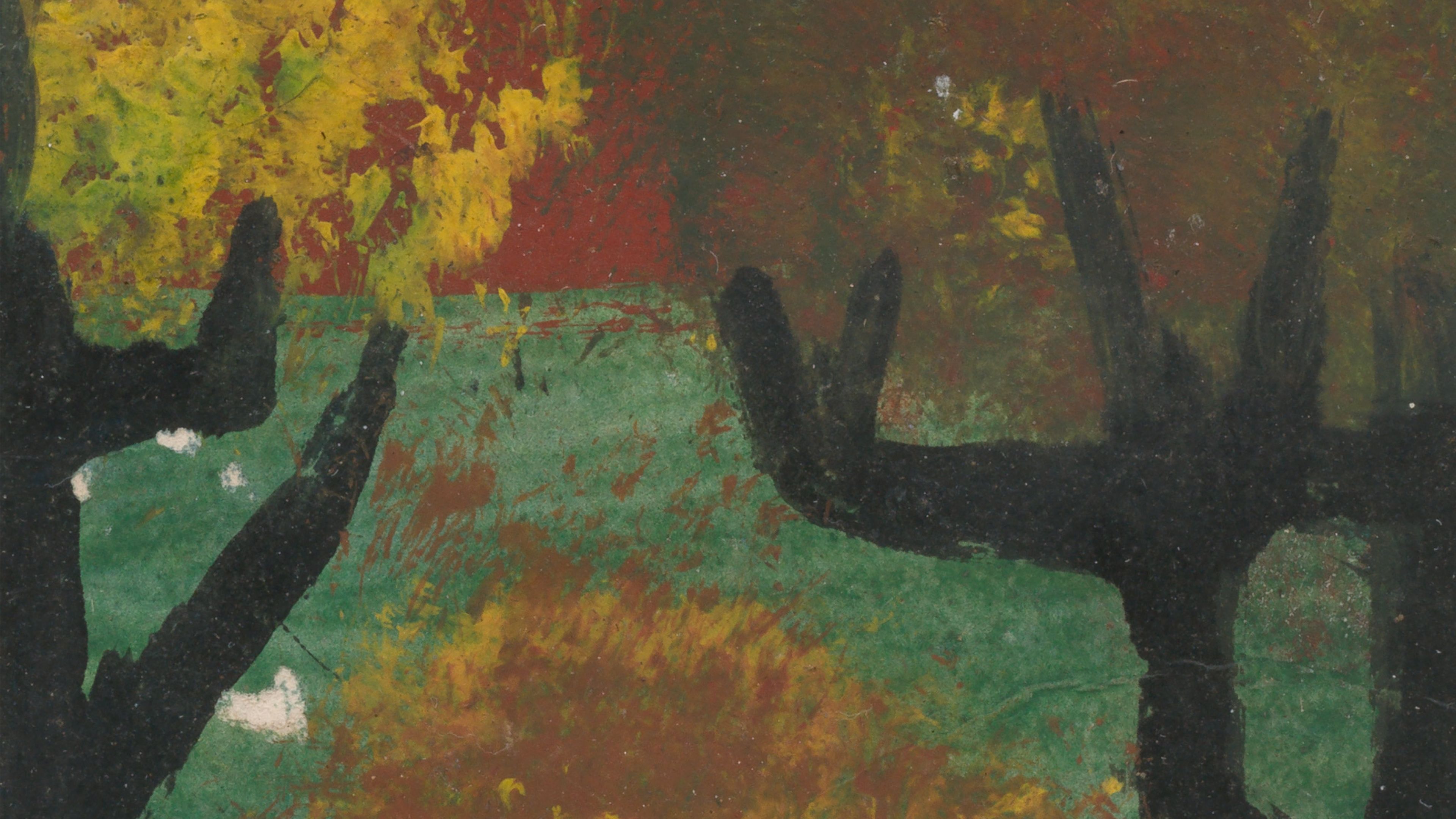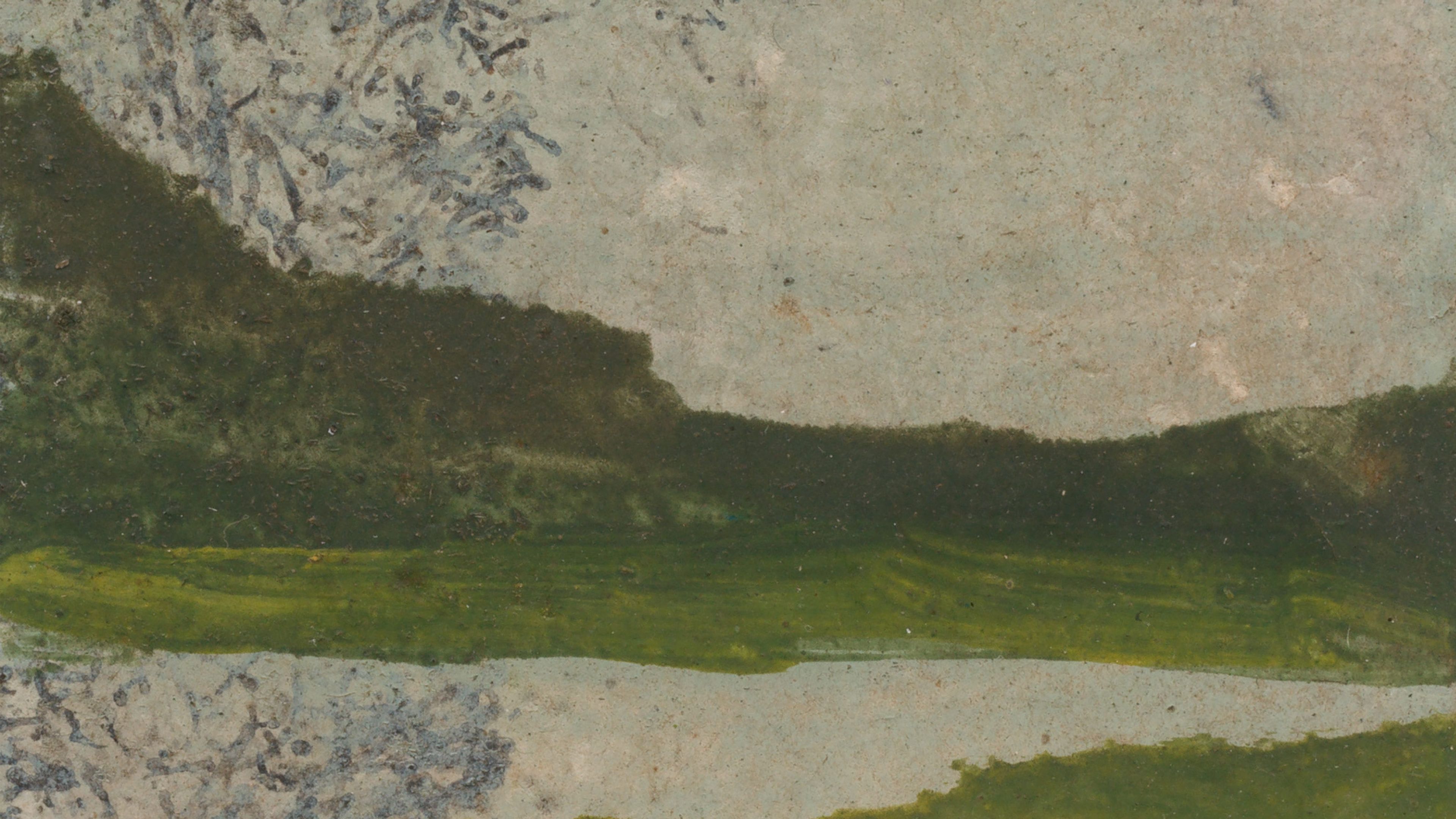Exhibition
Frank Walter: Moon Voyage
Want to know more?
Past
January 10—March 22, 2025
Opening Reception
Friday, January 10, 6–8 PM
Location
Paris
108, rue Vieille du Temple
75003 Paris
Tue: 6 PM-8 PM
Wed, Thu, Fri, Sat: 11 AM-7 PM
Artist
Frank Walter
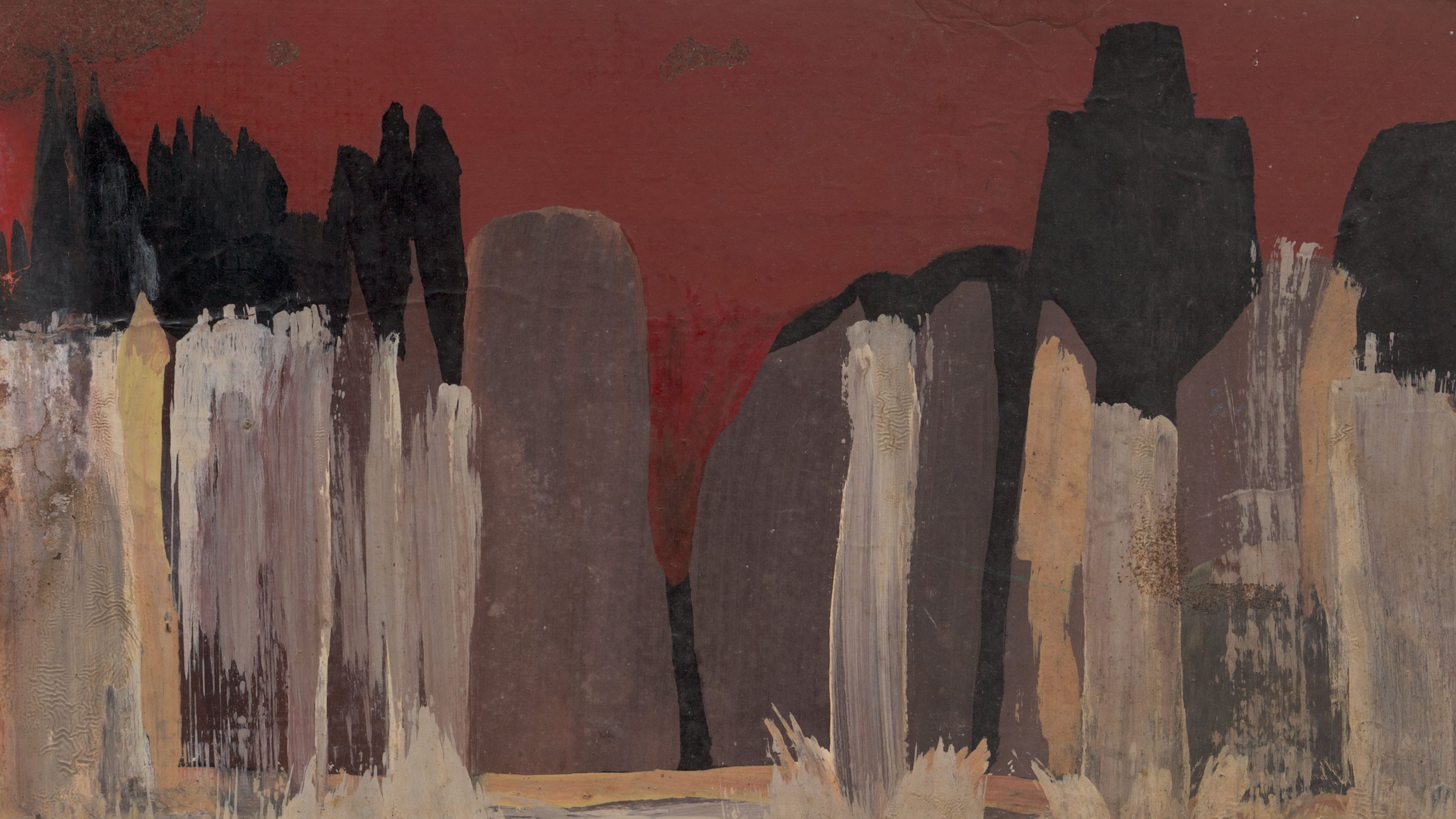
Frank Walter, Untitled, n.d. (detail)
Explore
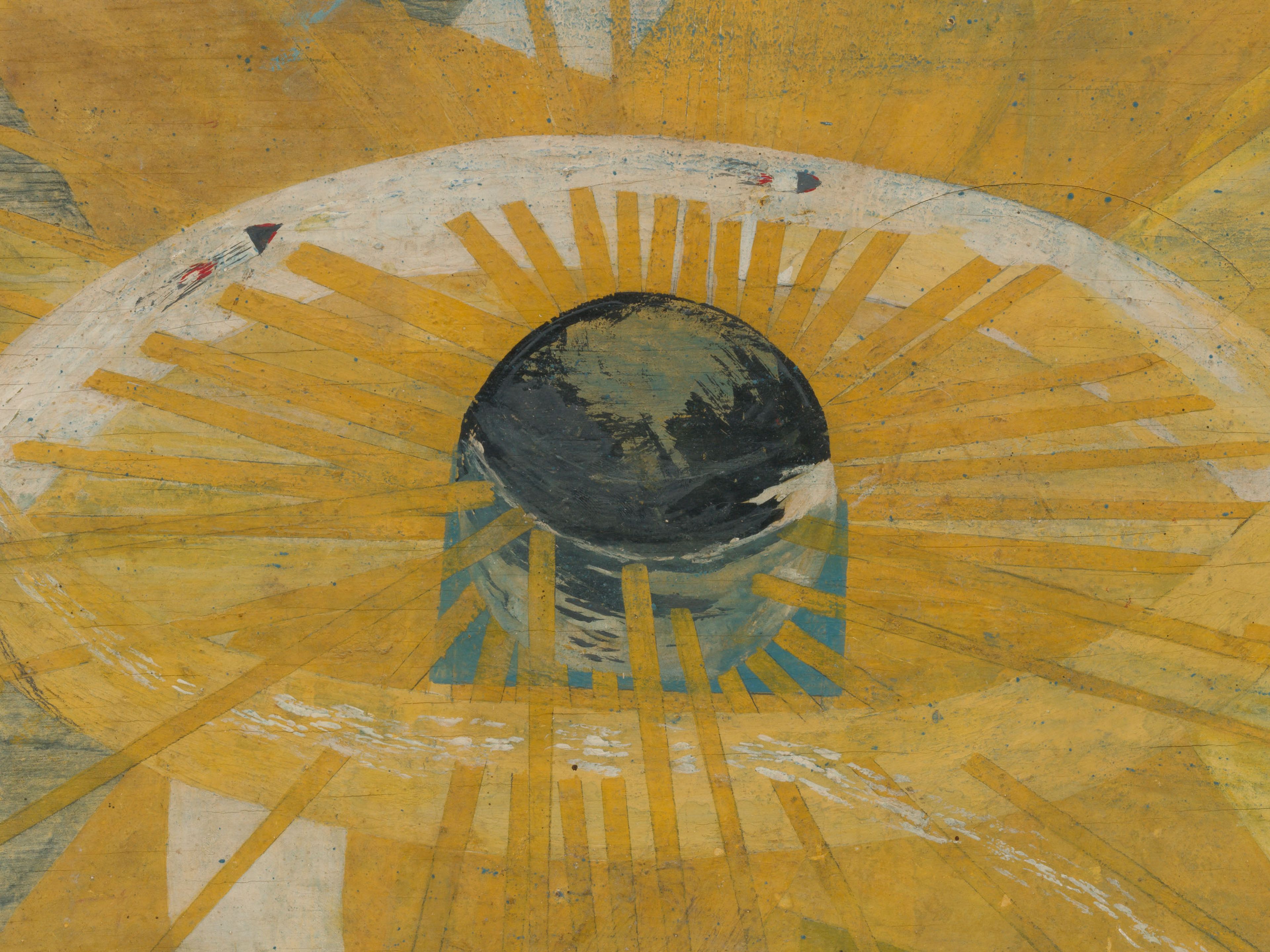
Frank Walter: Moon Voyage
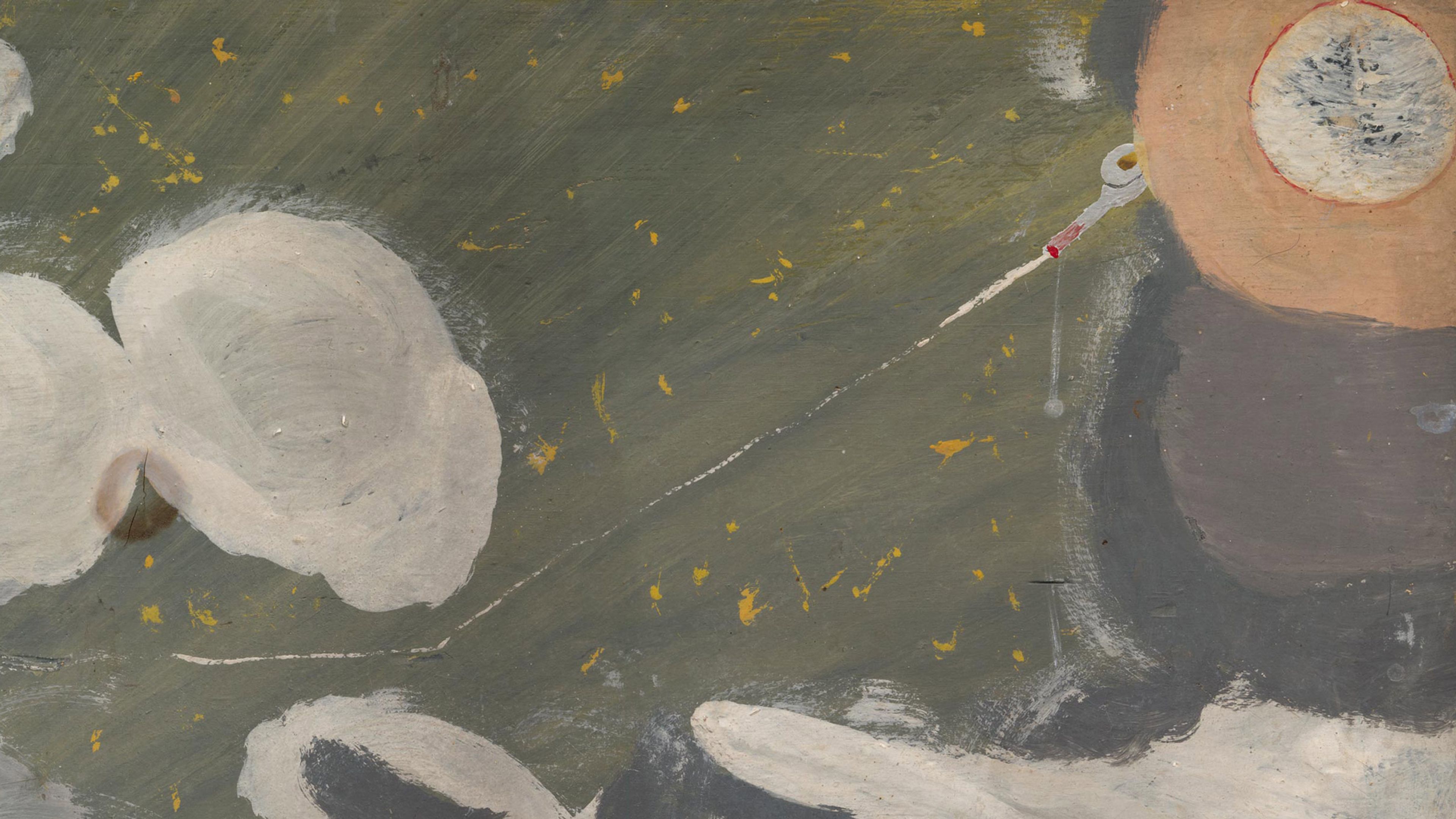
Frank Walter, Moon Voyage, c. 1994 (detail)
“Throughout his artistic practice, Walter is, in effect, striking a balance between the universe’s larger patterns and the smaller details of lived experience. And throughout, his search for harmony consciously harnesses the therapeutic value of the arts in an astounding array of mediums.”
—Barbara Paca, art historian, in her new essay, “Moon Voyage”
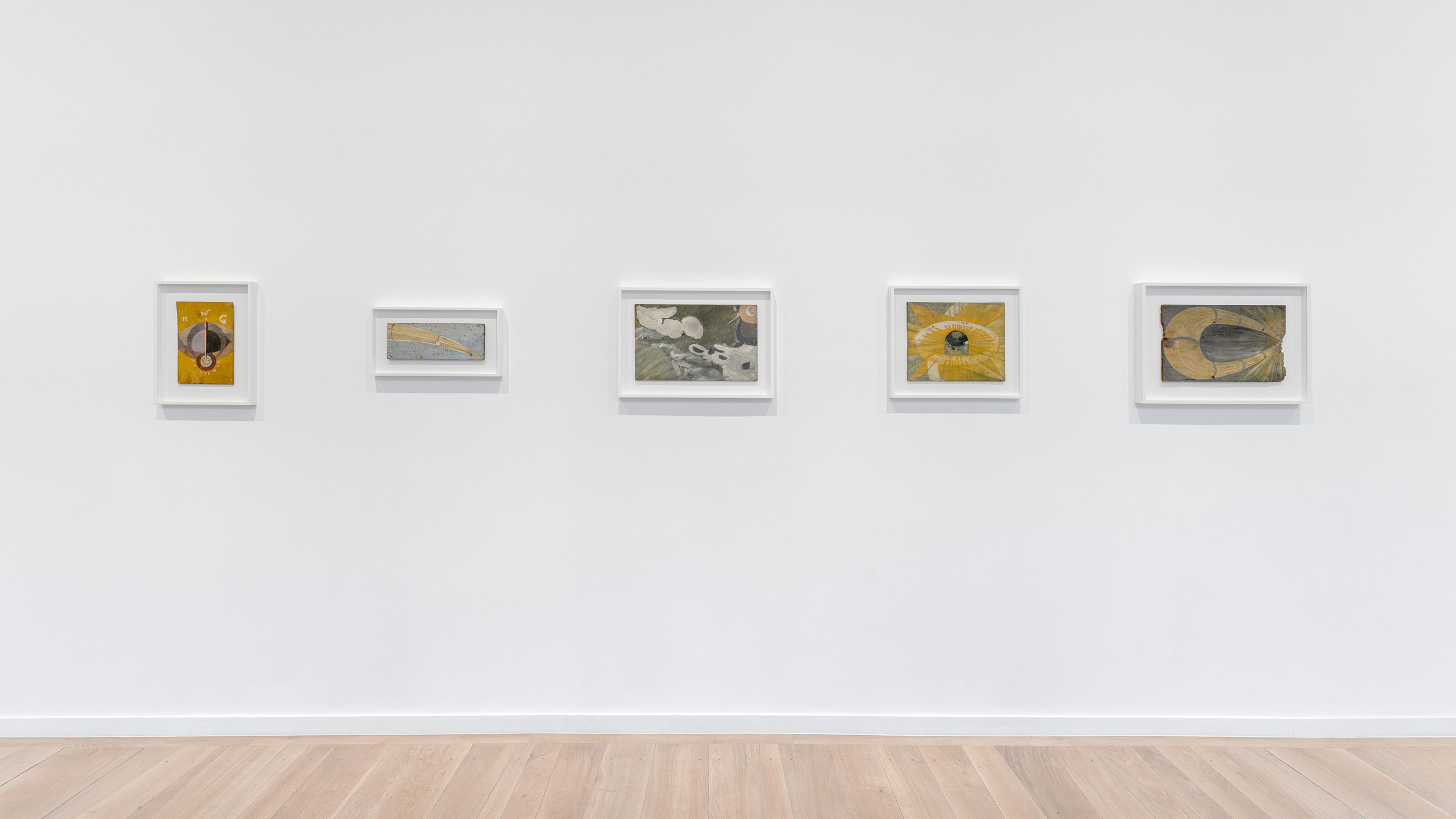
Installation view, Frank Walter: Moon Voyage, David Zwirner, Paris, 2025
“There is no typical Frank Walter. His range as a painter is extensive and unfettered…. His cosmological paintings have a transcendental glow, his abstract works are systematic, the individuality of his figurative painting is captivating, and his landscapes gain strength through their clear abstractions.”
—Susanne Pfeffer, director, Museum für Moderne Kunst, Frankfurt
“In these abstract, geometric paintings, Walter fashions a painterly world that deconstructs and then reconstitutes the material world from its component parts to create an entirely new universe of color, form, and space.... [He] has created an artistic world of another dimension, which harnesses and refracts the brutal assaults of history and lived experience.”
—Gilane Tawadros, director, Whitechapel Gallery
Film by Thomas Barzilay Freund, 2025, commissioned by the Frank Walter Estate
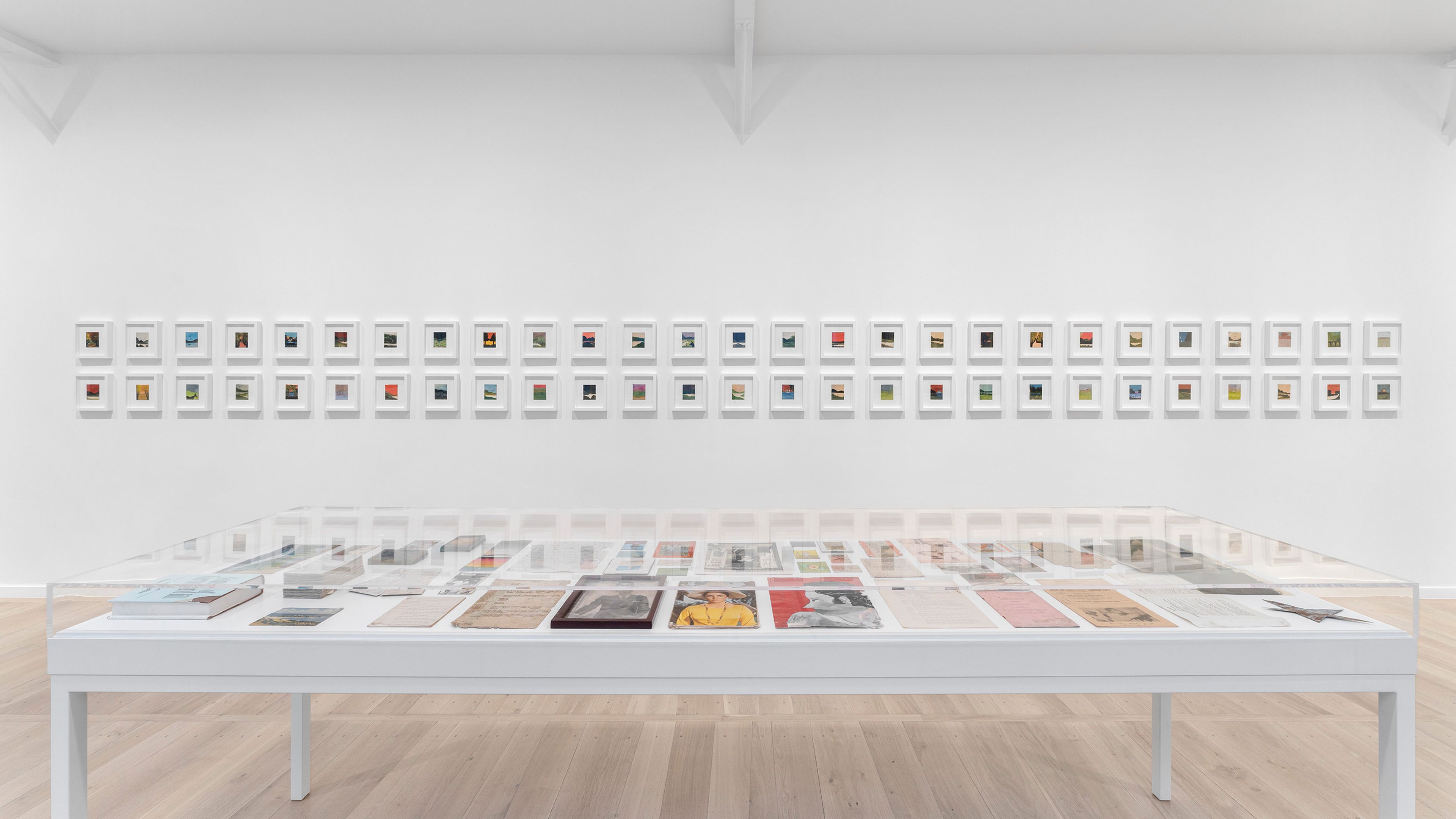
Installation view, Frank Walter: Moon Voyage, David Zwirner, Paris, 2025
“I think that was the realization of seeing Walter’s extraordinary work: that ideas (if not the harsh reality) of center and periphery—artistic, historical, geographical, or political—are so dependent on perspective as to be almost a mirage.”
—Nicholas Cullinan, director, The British Museum
“All artists take license, though Walter’s Antigua seems especially fertile ground for it. He was a rare plantation manager of color, a British subject who lived well into the island’s independence, a descendant of both enslavers and enslaved—and thus spiritually entitled to a British culture kept out of his reach.”
—Walker Mimms, The New York Times

Installation view, Frank Walter: Moon Voyage, David Zwirner, Paris, 2025
“Looking at his paintings, none very large, all detailed, was like looking through a scrim at someone else’s dreams. You could see every line, every color, but you had to peer past his poetic resolve not to tell everything, not to reveal all the world, but to show all the world in fragments ... because it was truer to what he knew: taking the fragments that life gave him, building on them and making it whole.”
—Hilton Als, curator and critic
“We are all connoisseurs of art, at any stage… Art is a teacher, adding much to knowledge. The comforter of the soul, when life grows cold. Religious or secular, moral and kind, art is a talent bestowed by providence. Surely by divine providence it is a human design to pursue art for delight, more than opulence.”
—Frank Walter
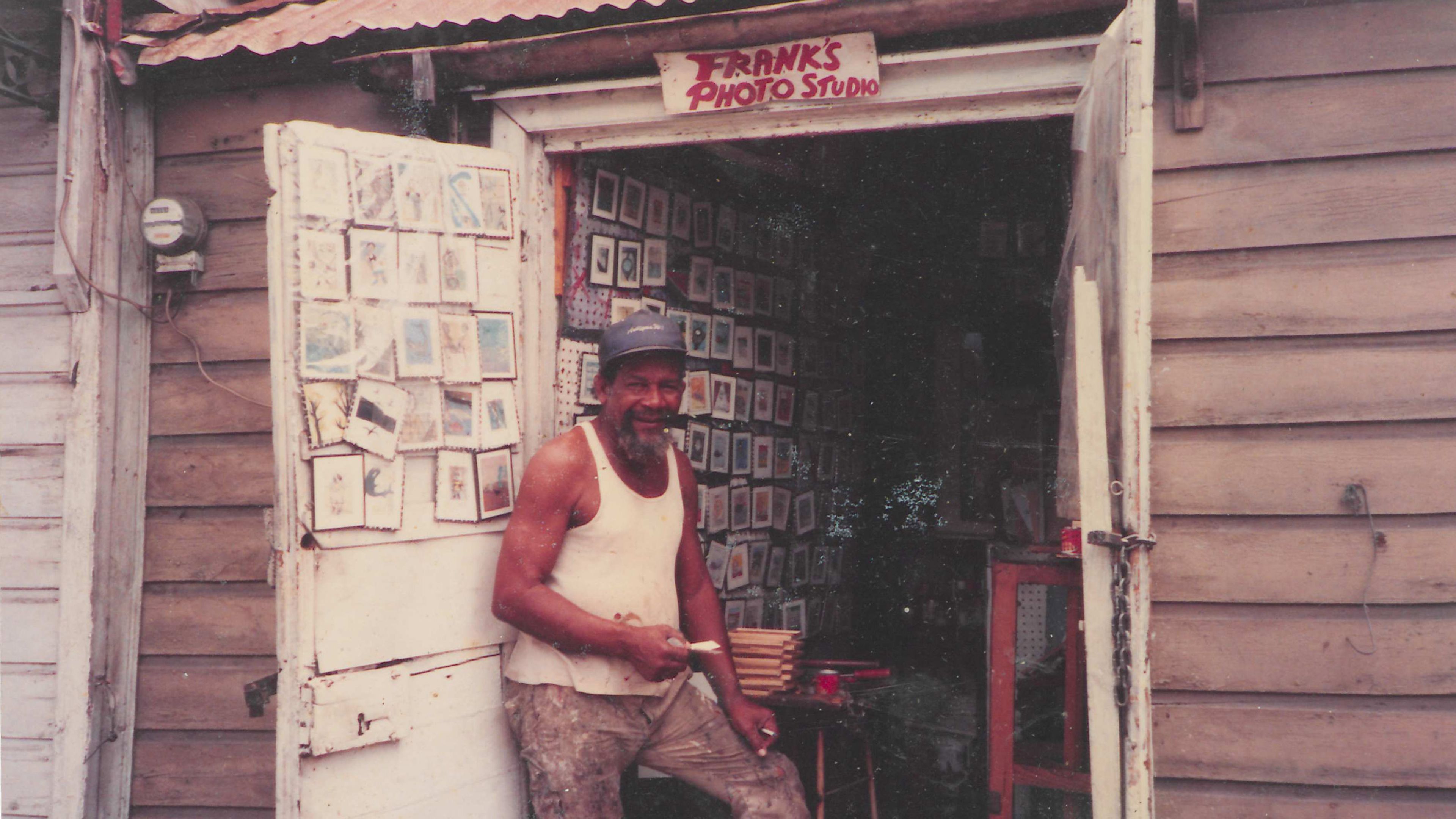
Frank Walter in his studio on Market Street, St. John’s, Antigua

Inquire about works by Frank Walter
